Teachers against COVID-19
Educators tell their side of when COVID-19 changed everything
Satanta teachers worked hard to put student’s supplies in brown paper bags while wearing personal protective equipment to keep the community safe. This system was set up as a drive-thru so students could get their supplies quickly so the next could do the same.
Notebooks, textbooks, and left over items from students are stuffed into a black trash bag and set out on the school curb. Lesson plans disappear while a new plan is ready to send out in an email. Teachers saw their senior students one last time without even knowing it.
This is a story where students left for spring break and never returned, or if they were lucky, only had one week to say goodbye.
This story is about COVID-19 and the quick turn of events in March, where classes went from in person to an online format for many across the nation.
Students’ lives and dreams were turned upside down while they sat in shock or panicked in confusion. Students and teachers were shaken from their normal, into something that was not anticipated.
However, this story does not involve the students.
Instructors and teachers had little time to prepare to make sure that they had their students’ backs. They had to come up with a new normal.
Touch/click photo to view full-sized gallery.
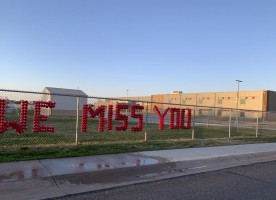
Without these instructors, who vigilantly created a new plan, the new normal would be nonexistent.
In Liberal, the elementary schools, the middle schools, the high school and Seward County Community College were left shaken. The teachers of this pandemic stayed on path to educate the people of tomorrow, even with a pandemic going on.
Darin Workman, instrumental music instructor and division chair of the humanities department, has had to deal with new changes in two different ways: as an instructor of a hands-on class and by being the head of SCCC humanities.
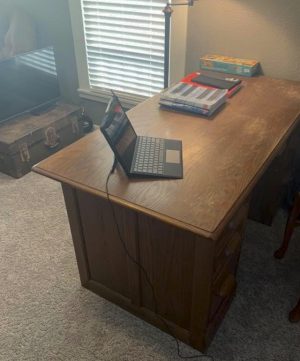
Darin Workman, instrumental music instructor, has set up his office at home. Most teachers and students have adjusted to their new normal by figuring out a place where they will need to work from home.
“It was not that hard on me, except all of the questions I was receiving from faculty that I did not know the answers to,” Workman said.
He gave most of the credit for big decisions being made to vice president of academic affairs Joe McCann, dean of instruction Luke Dowell, and president Ken Trzaska.
However, Workman had a hand in helping his department’s instructors who had a hard time switching completely to an online format and guided them along, with himself, to learn new non-traditional ways to complete the rest of the semester.
Even aware of his technological struggles, Workman thought hard to find a way for his hands-on music instrument class to finish the semester. His class will now complete critiques of concert band performances and upload their reports to canvas, where he and other teachers communicate with their students.
“You know the old saying ‘that it is hard to teach an old dog new tricks,’ well this old dog has learned more about technology than I ever thought I could,” Workman said.
He showed the silver lining in this—instructors experimenting and learning new things to better the college and individual classes.
Even with the struggle being present for the administration, Workman is not slow to mention that while the staff stays positive through all this change, that it is their job to keep the students positive, too.
With this new transition though, it can be worrisome to deal with students not learning the material like they should.
Russ Reglin, SCCC psychology and sociology instructor, said his main concern for this transition is that students won’t understand the course material but he is aware that at the college level, students should be able to take initiative.
“What I am finding is that students that tend to engage and put effort into the course material face-to-face are those participating with greater regularity in the online format. My job is to put forth my best academic product in face-to-face classrooms and in this current isolation situation. It works best when the students invest in the class, whatever format,” Reglin said.
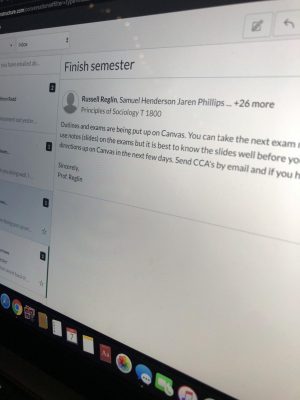
Professor Russ Reglin shares a canvas message on how his classes will finish the semester online. Canvas is where the college student’s assignments are located and how the instructors connect to the class.
Reglin said he usually encouraged his students to reach out when they had trouble and would prefer to meet in person before the pandemic. But now, he has had many questions and a desire for clarification via email during this unique time.
“My thought is that a student should not sit there confused about a topic or assignment, but they should pose the question so they can keep moving forward in the class,” Reglin said.
While these college educators have struggled with changes because of COVID-19, there are teachers around the world and specifically in Liberal who have to find the best way to keep school going for elementary and high schools.
Educators for the younger age groups have dealt with a difficult task that online may not work when students do not know the technology, have the supplies or the teaching has to have the parents involvement when they do not have the qualifications or time.
Shelli Burrows, a special education teacher for Prairie View Elementary School, has learned to manage the stress of being an at-home teacher for not only her 13 students under individual educational plans, but two more of her own children still in K-12.
“It is difficult with special education because there is more paperwork and meetings than a regular classroom would have. On top of scheduling times through my students’ parents, I have to learn the schedules of my children’s classes to help them out the most I can,” Burrows said.
In special education, the learning can be very hands-on since the main job of the teachers is to differentiate student’s assignments in their grade level or pull said student out of class to guide them through the learning.
Burrows has found it hard to get used to the different types of communication through Google Meet, Factime and other video sources since her job has always been in-person. Since the observation in the classroom has ceased to exist, knowing what exactly needs help can be difficult.
“The hardest part for me is when the parents do not have emails because it is hard to send paperwork that needs to be filled out or even set up a meeting. My hours are not just from 8 a.m. to 3:30 p.m. anymore,” Burrows said.
Though Burrows has a busy home life, she still made the time to hold a parent/student meeting scheduled for 6 p.m. She emphasized that teachers are amazing for what they are doing and to put their student’s and families’ emotional health above all.
As for high school teachers like Amelia Adams, AVID and Spanish I teacher at Liberal High School, she found the transition to be simple thanks to the video chatting application called Zoom. Adams said it was difficult starting out but eventually got the hang of things, when she was taught how to manage the class work or plans with Zoom.
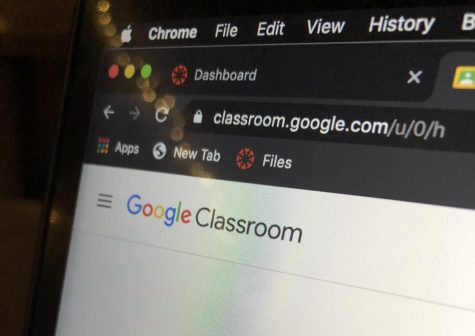
Google Classroom is what Liberal High School students have been using to keep track of their assignments and classes, along with Zoom to meet with their teachers and classmates.
“There were so many questions at first but they (administration) helped us, and we got to choose what method we wanted to take before classes started up. For me, I feel comfortable with it now, but the unknown is stressful. The hardest part is not being able to be with my kids,” Adams said.
Though campuses were closed for high schools throughout Kansas, students still have to attend their classes through Zoom meetings, where the teacher teaches from home and students are able to look at their assignments on Google Classroom.
The high school has even made the transition as smooth as possible for the high schoolers, making sure everyone has internet and a laptop at home.
“The unknown is what was scary at first, none of us like change and we try to adapt the best for our kids. Our first concern is that our kids are safe and that they have shelter and food,” Adams said.
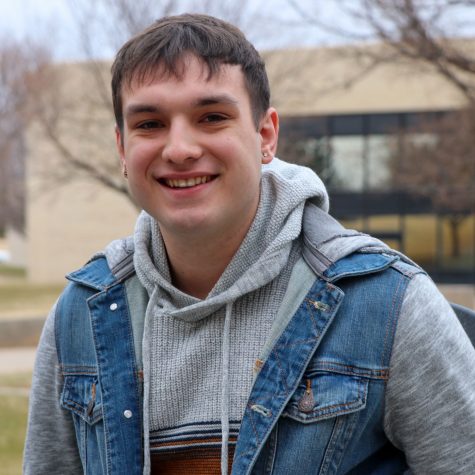
Preston Burrows is an 18-year-old sophomore at SCCC, who was born in Johnson City. He attended Rolla High School until he...
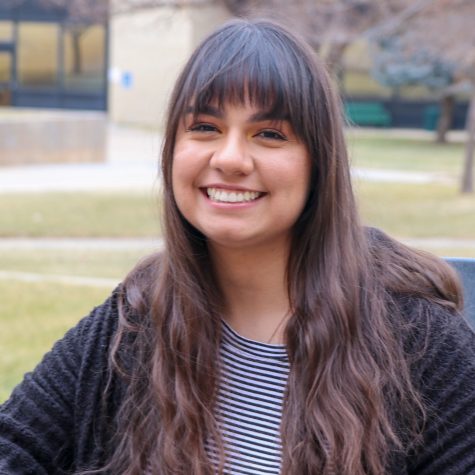
Annette Meza is a sophomore journalism major. She is 19 years old and was born and raised in Liberal. In her free time, she...




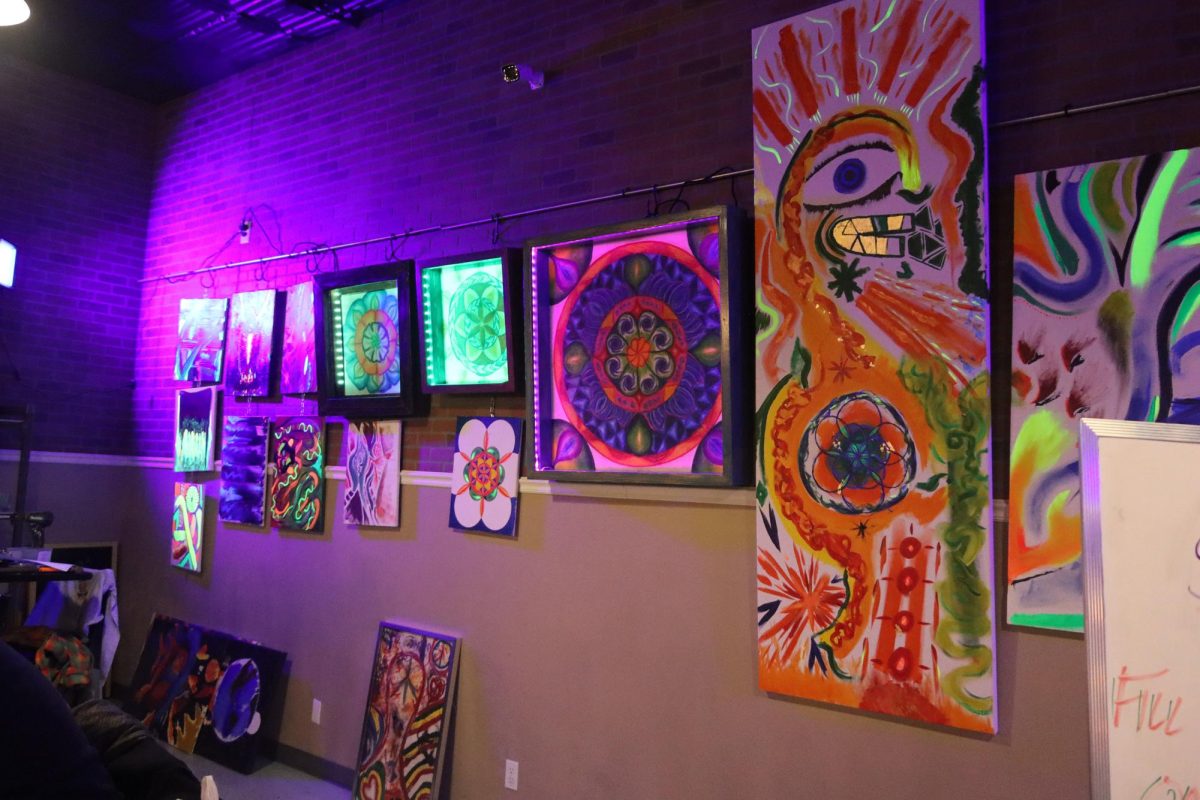
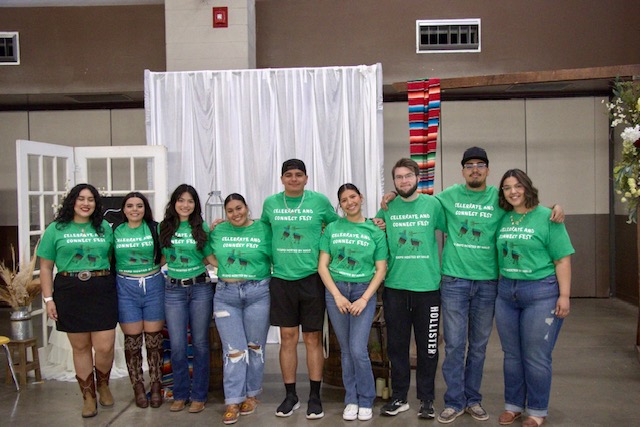
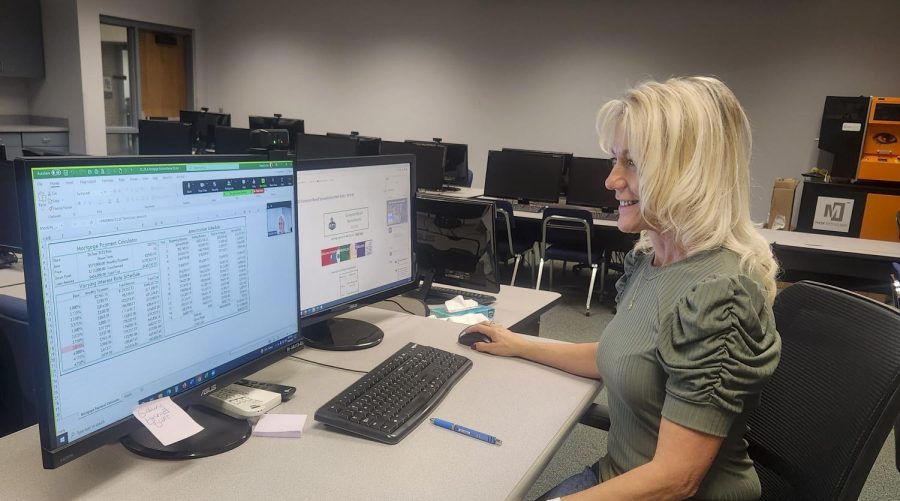


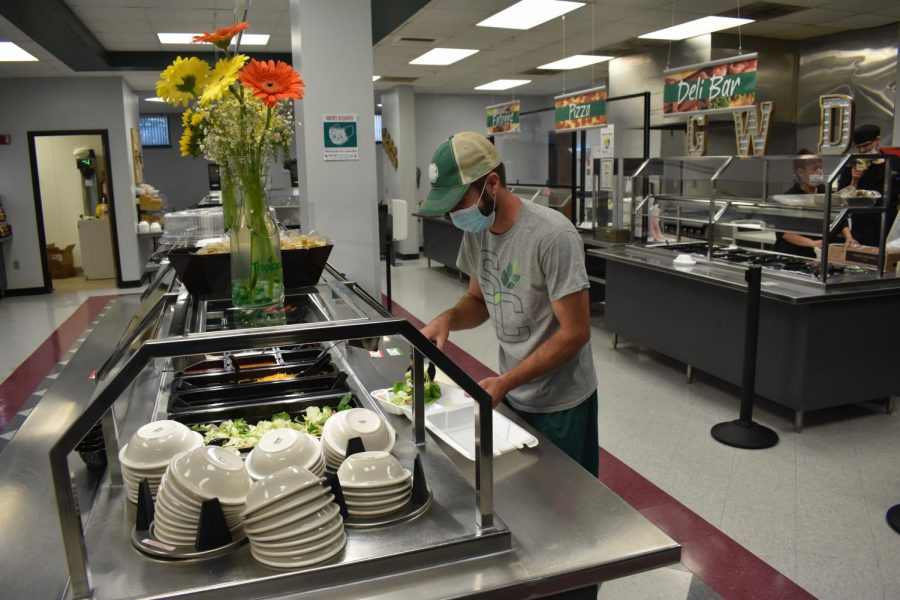

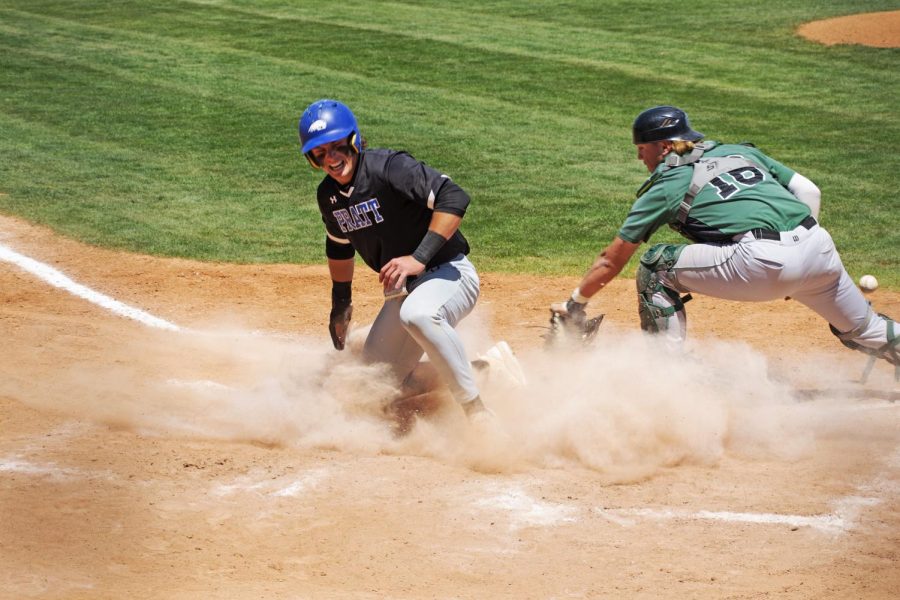
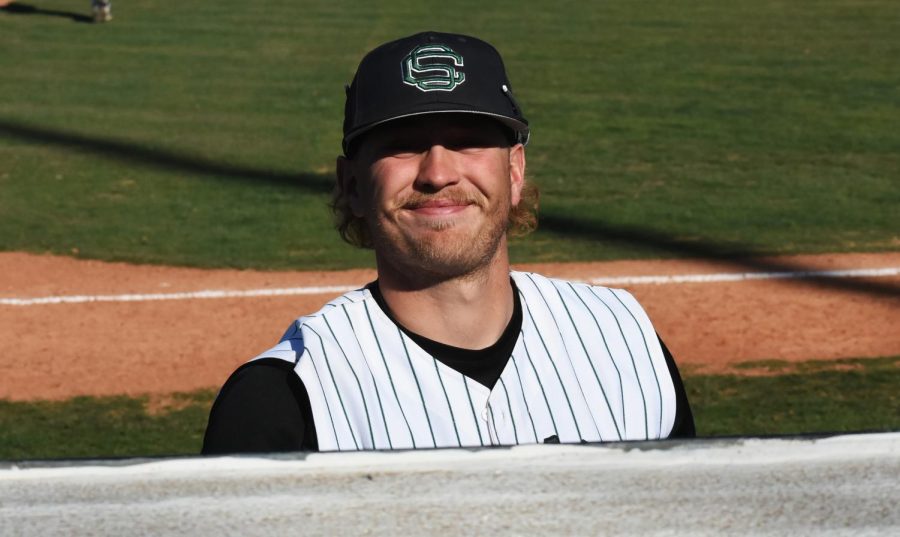
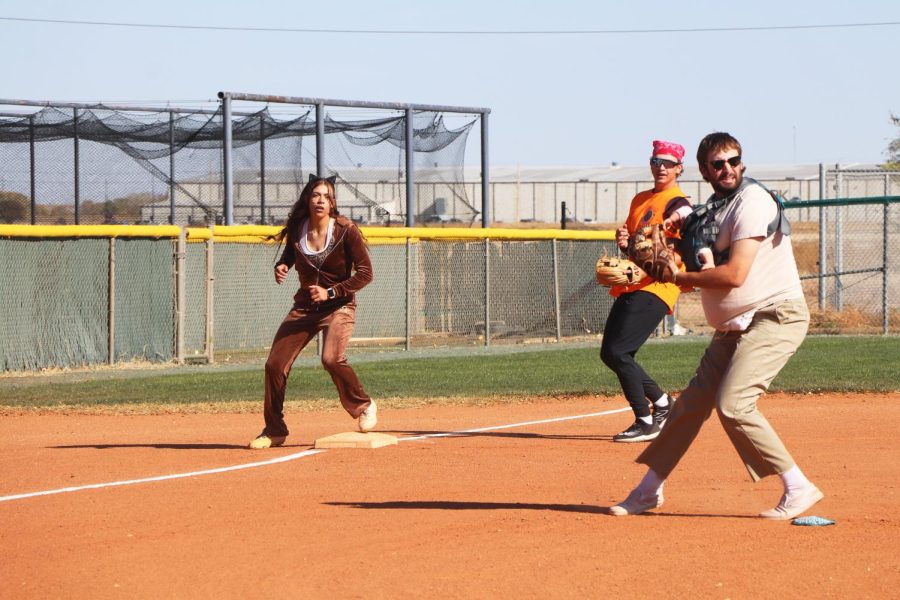
![The sophomores were recognized on the field instead of walking across the stage during their doubleheader. They received their diplomas and a picture of themselves playing during their career at Seward. [Pictured left to right are Dylan Day, Reed Thomas, Jase Schneider, Mason Martinez, Gannon Hardin, Brody Boisvert, and Zach Walker]](https://crusadernews.com/wp-content/uploads/2022/05/WEBDSC_0275-900x454.jpg)
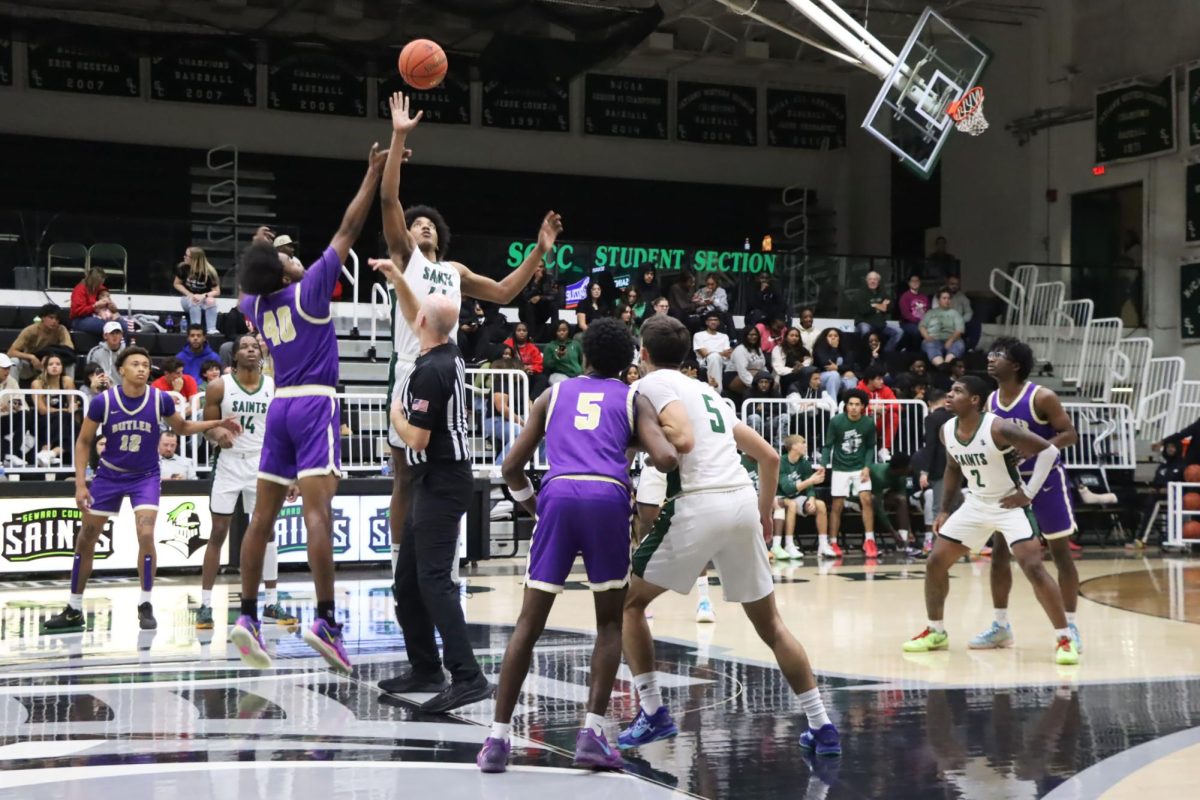
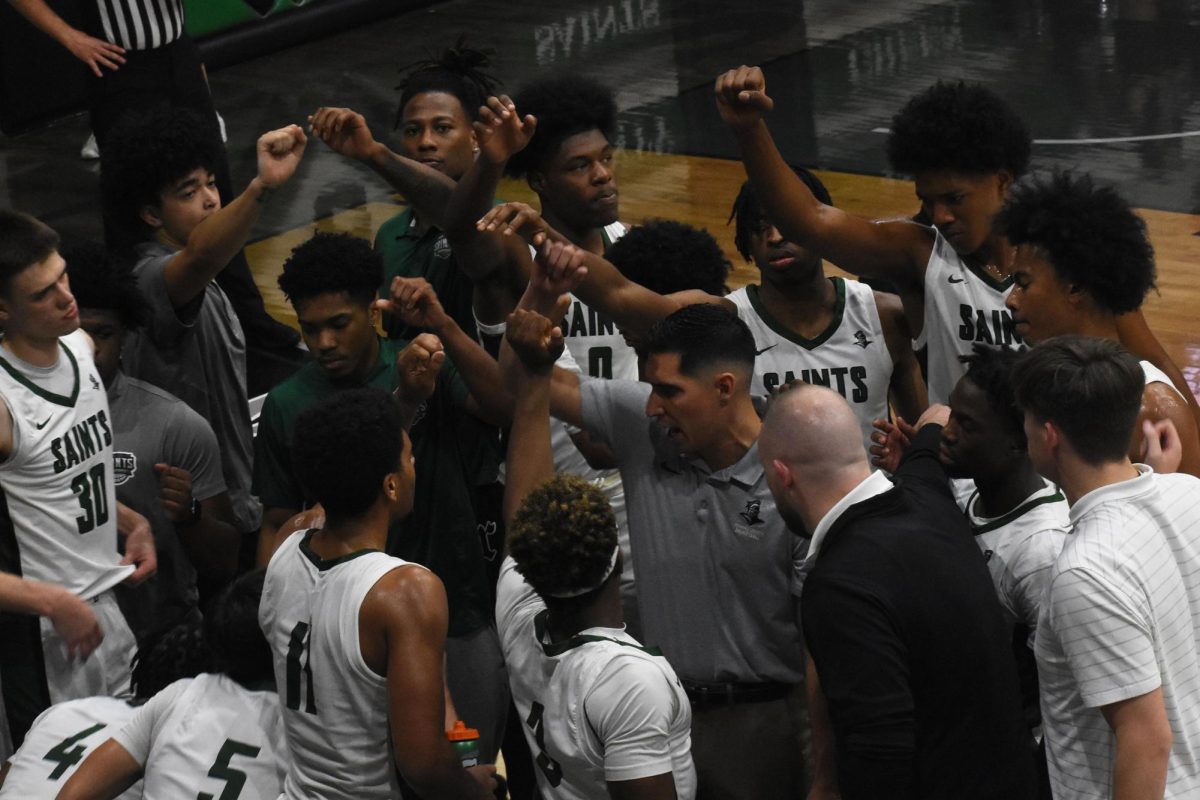

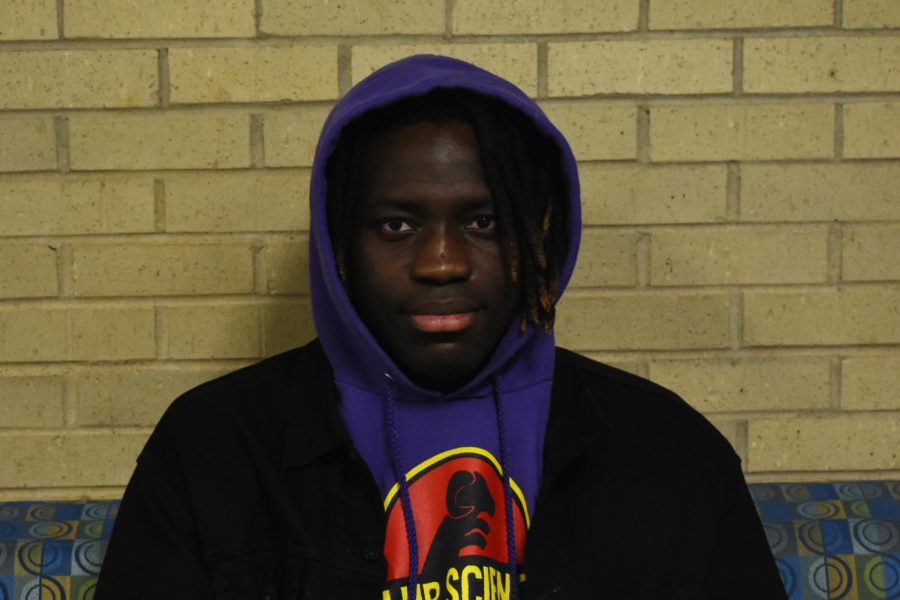
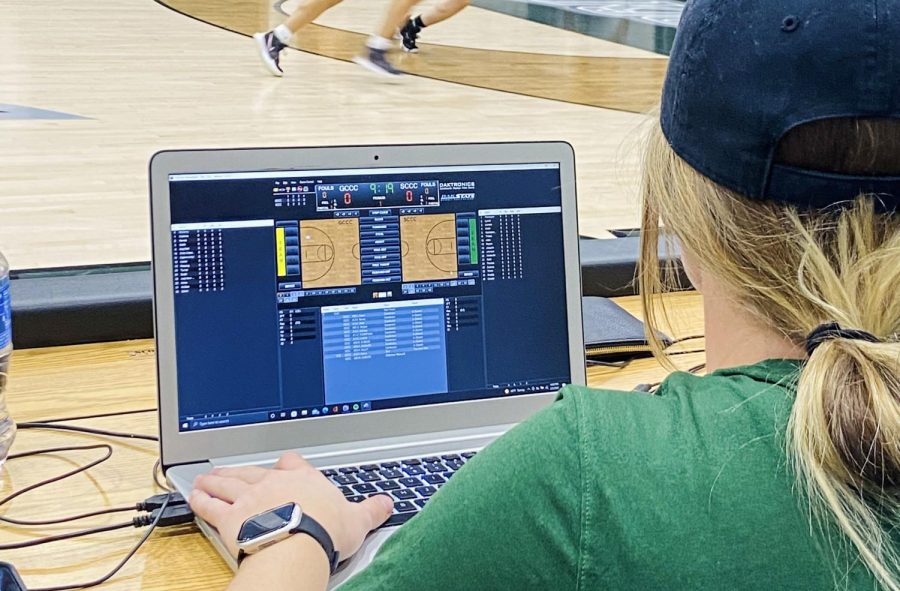
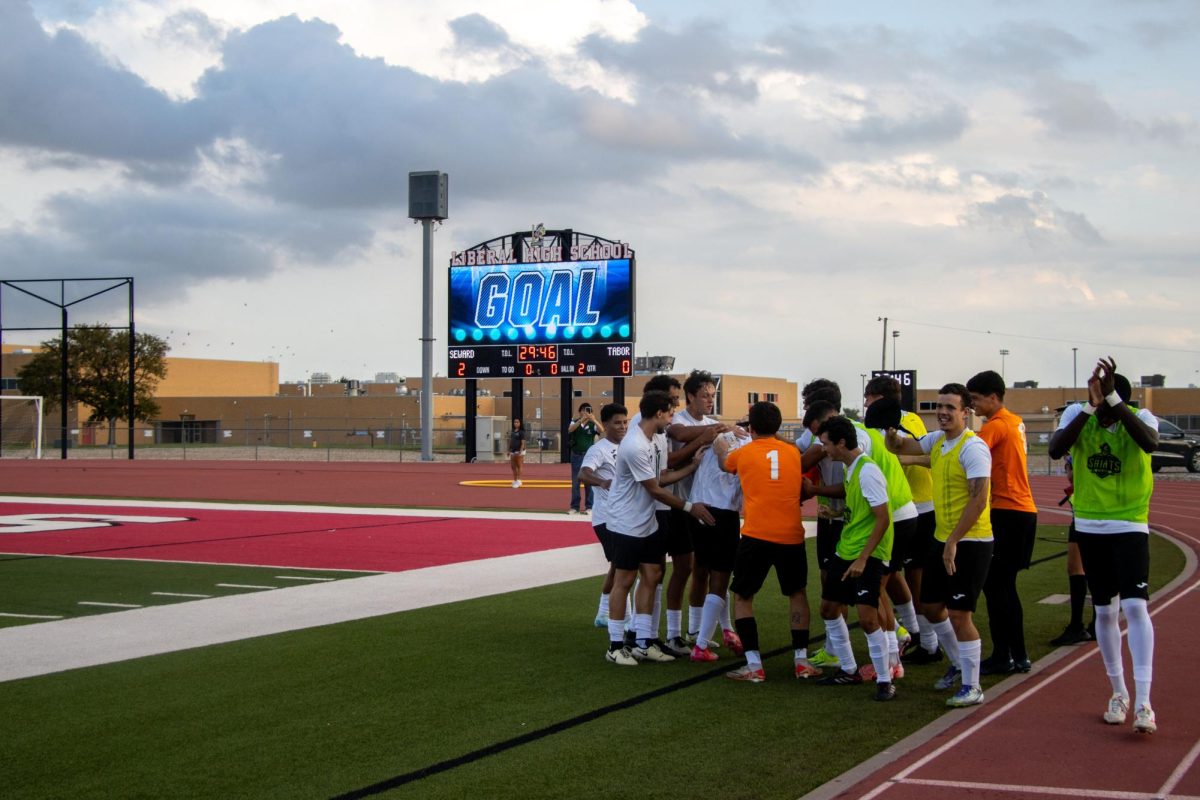
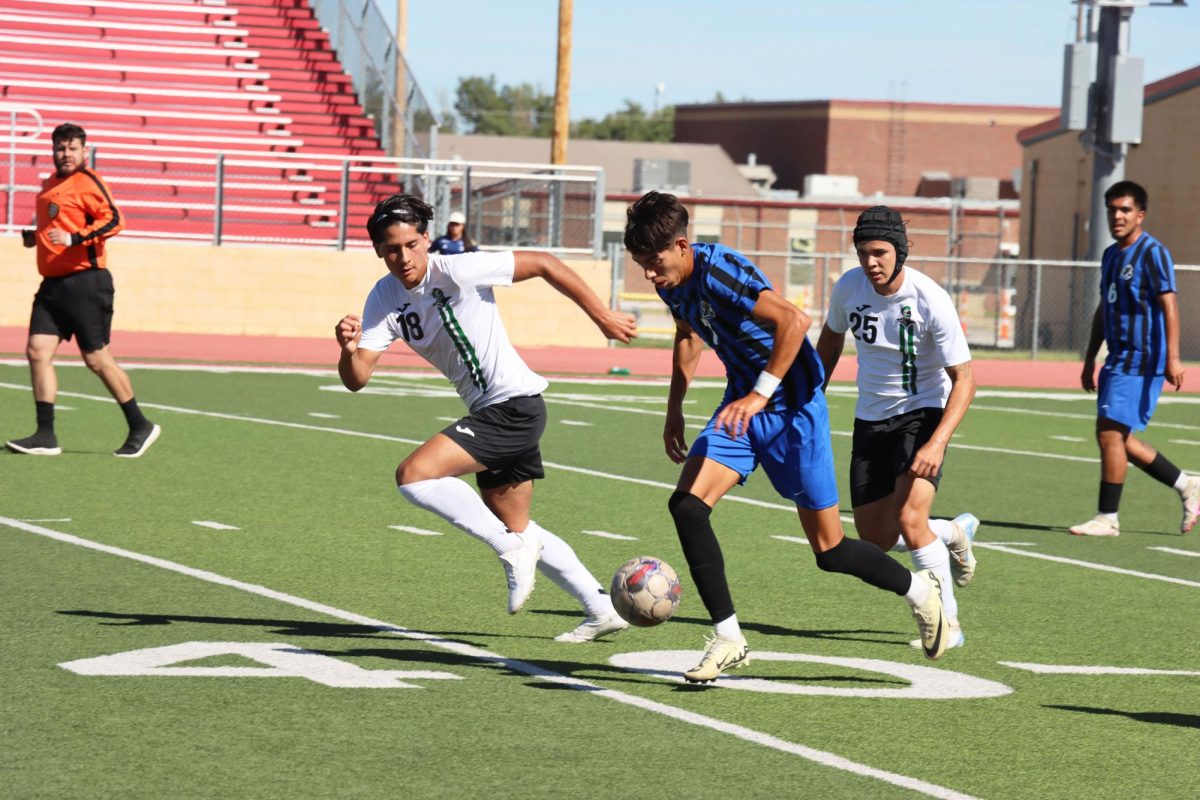
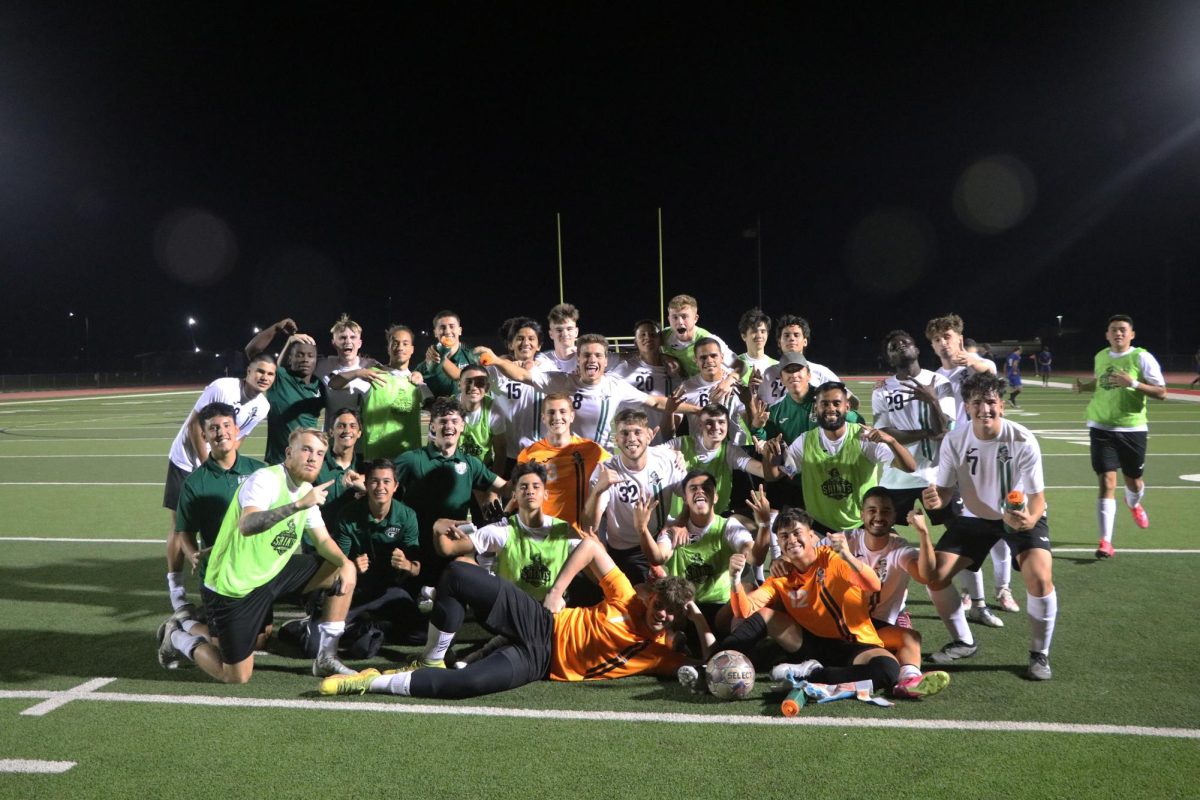
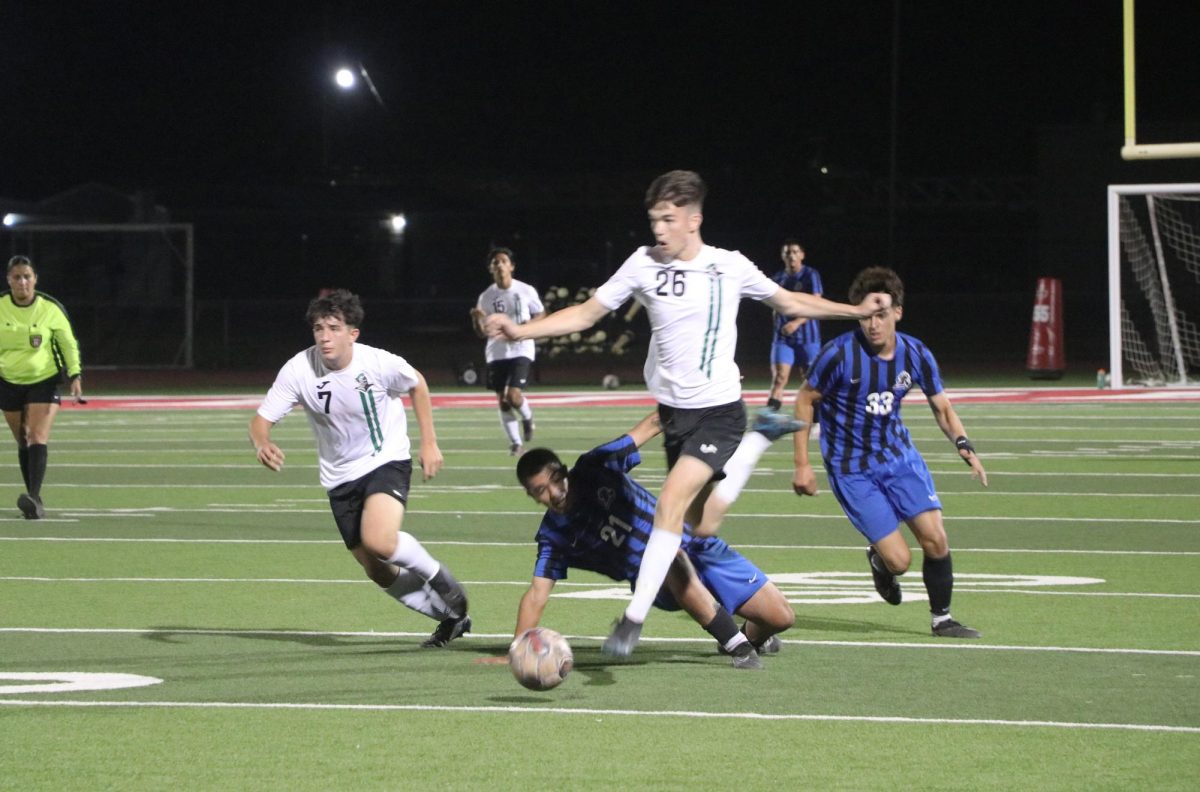

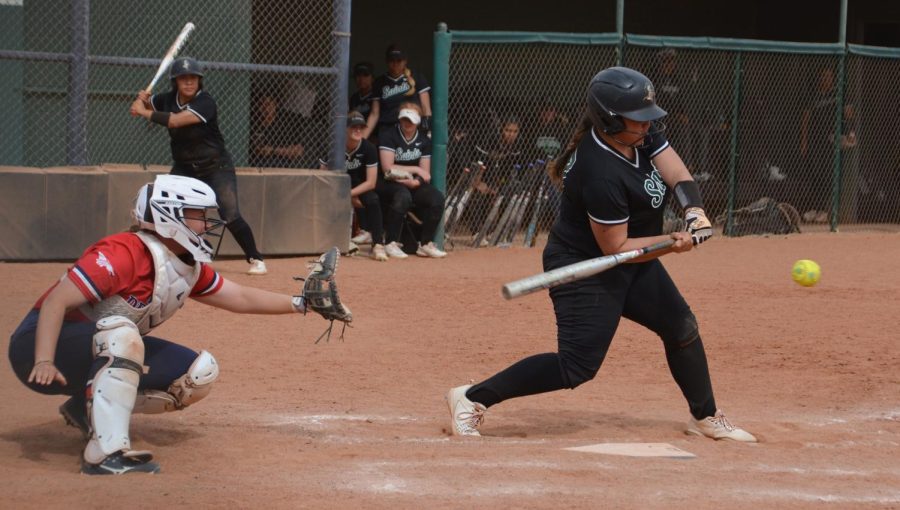
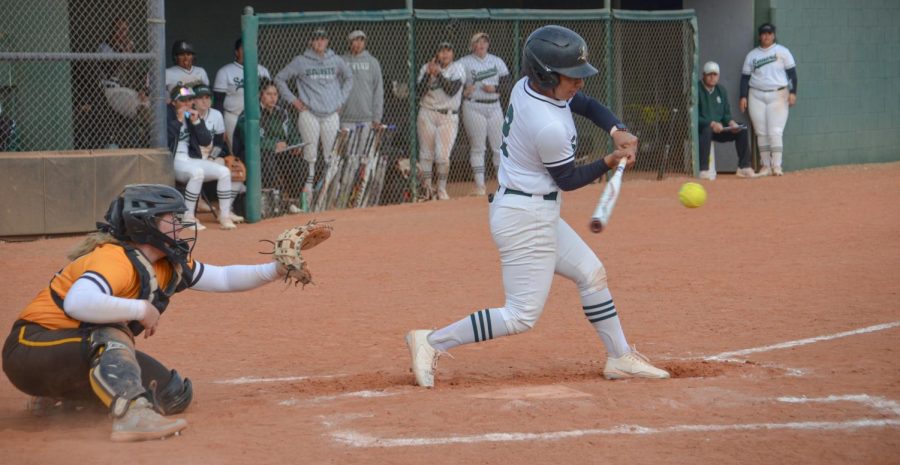
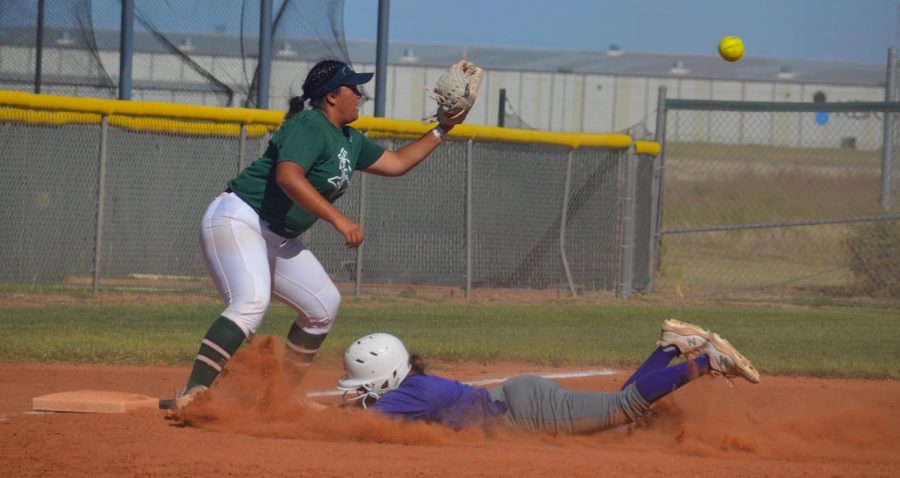

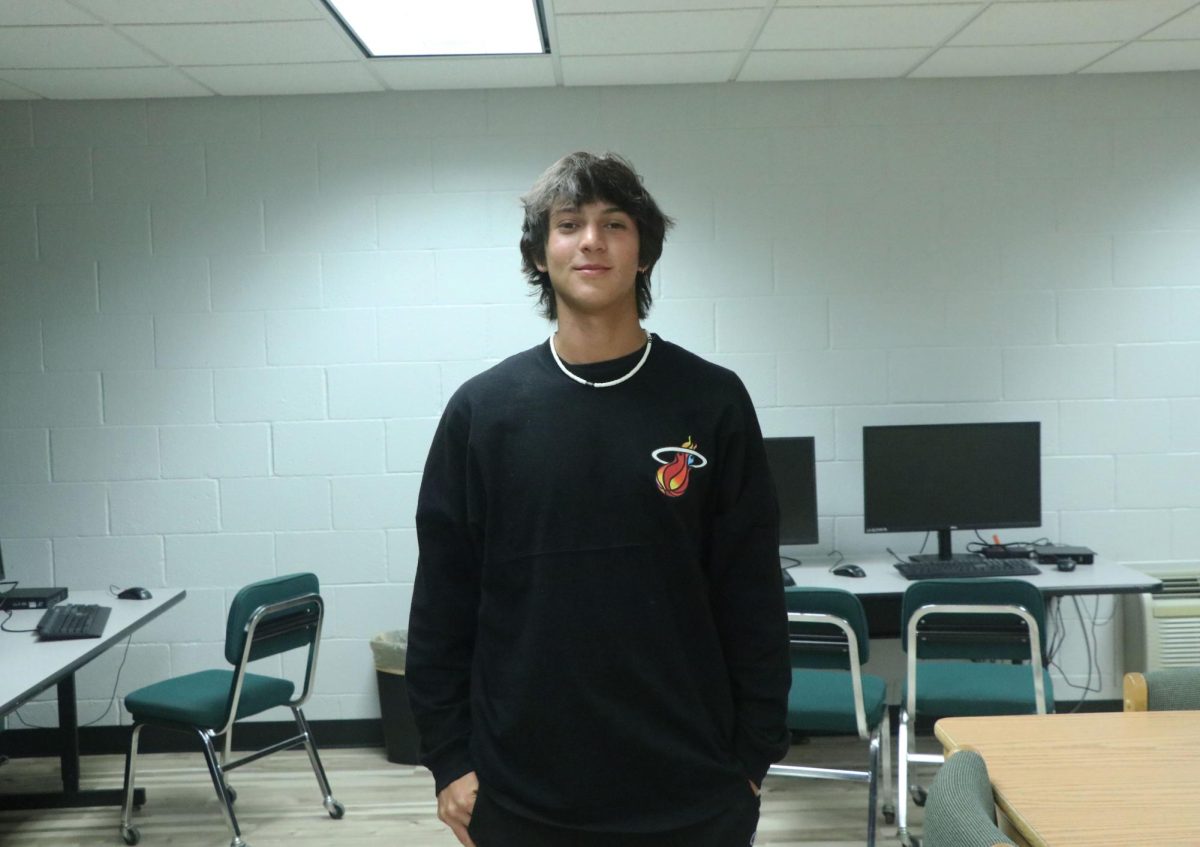
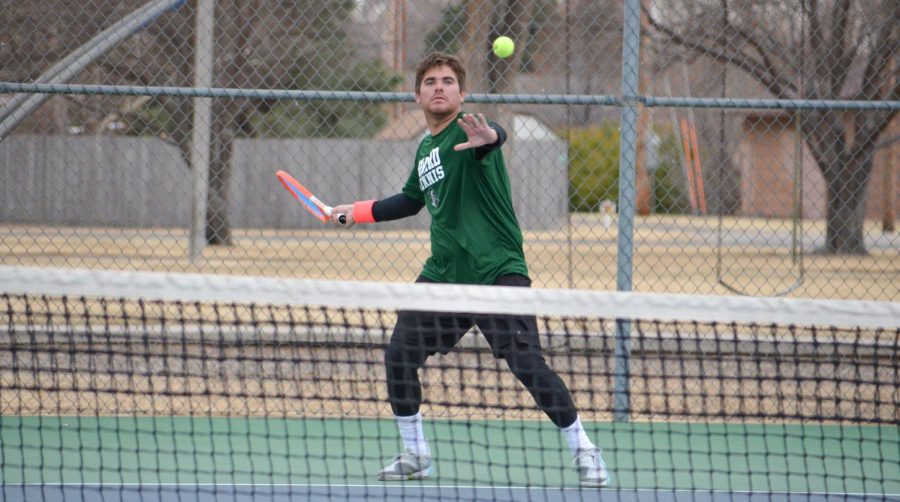
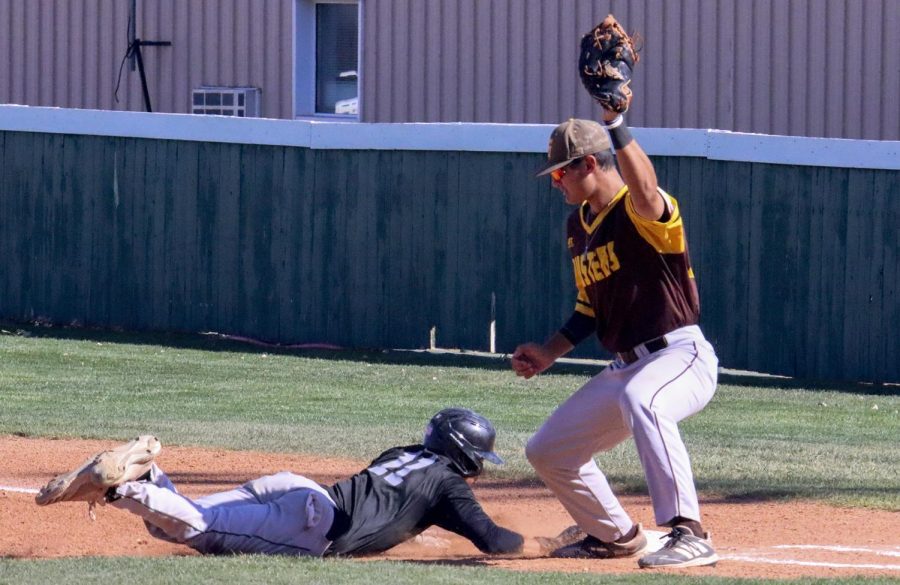
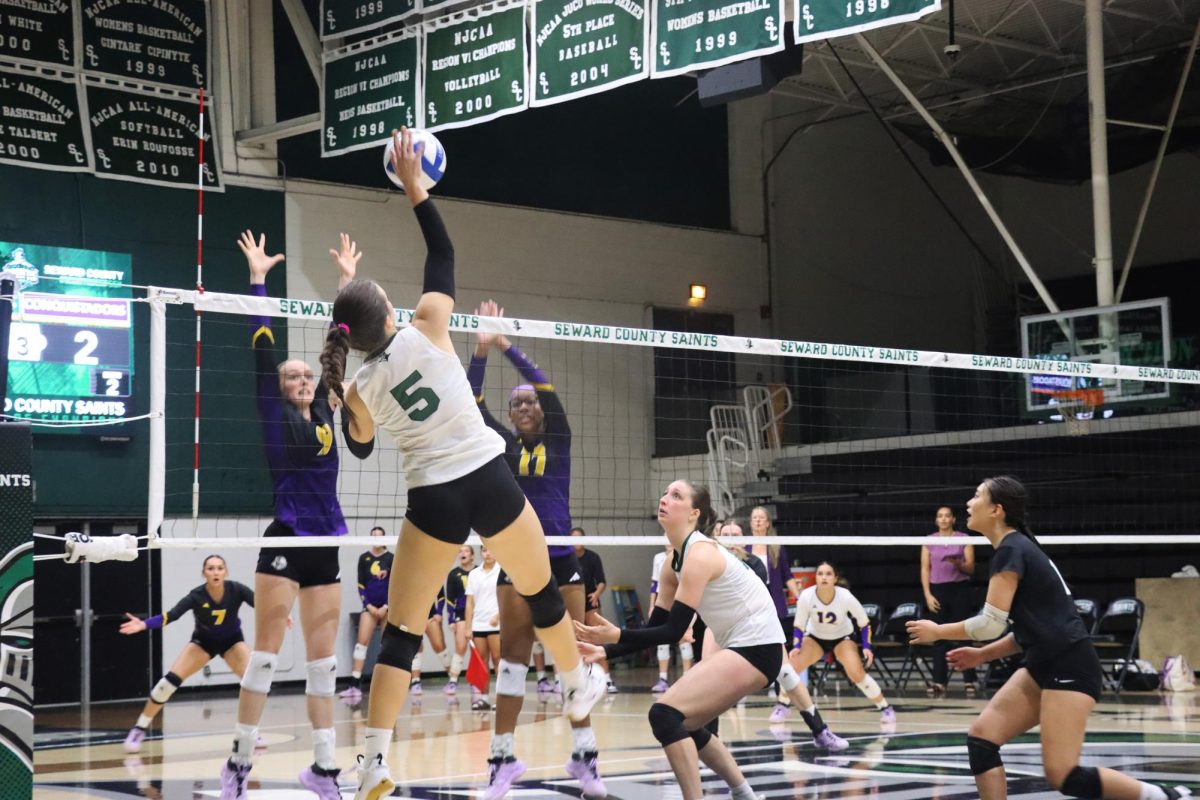
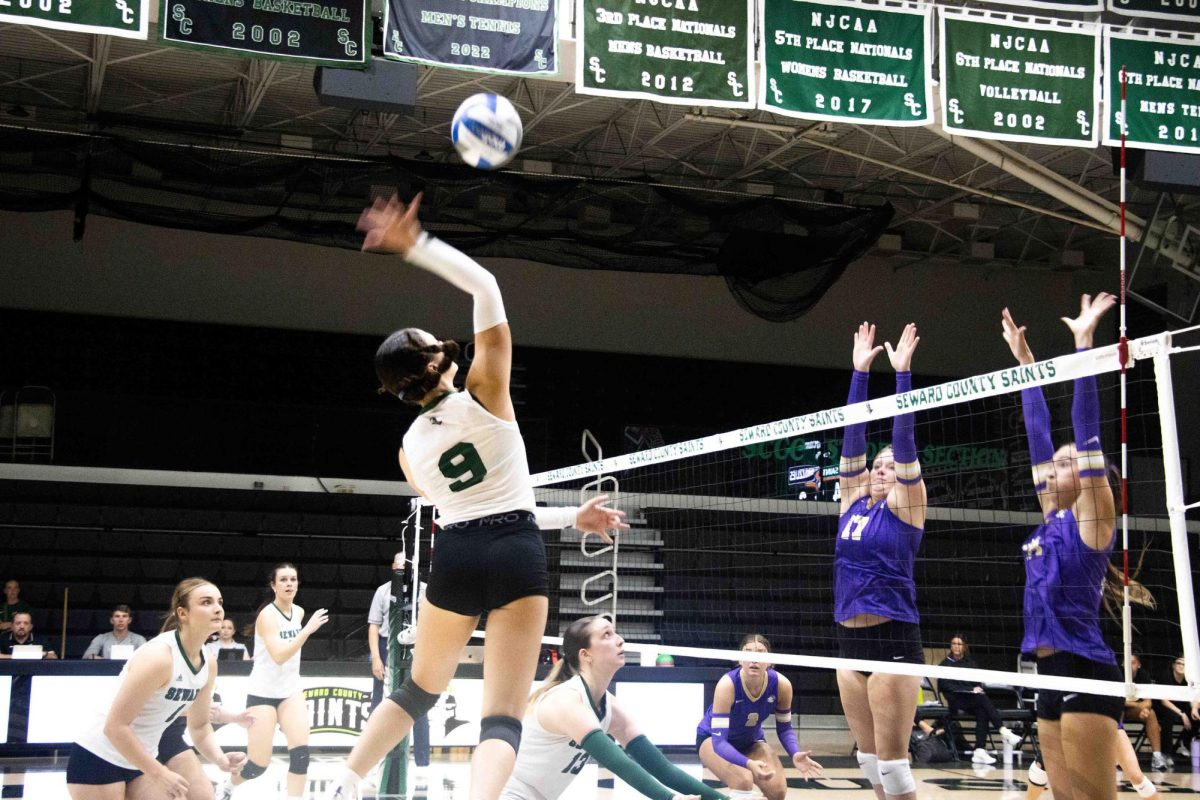
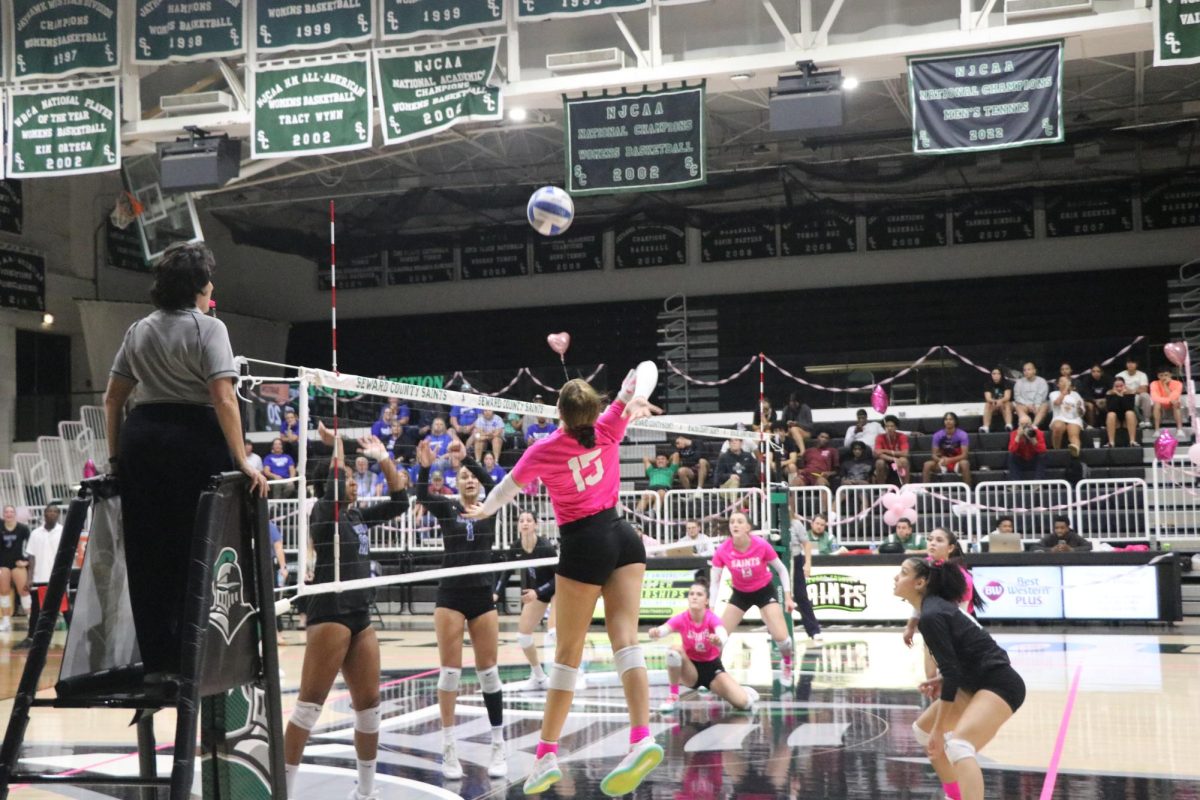



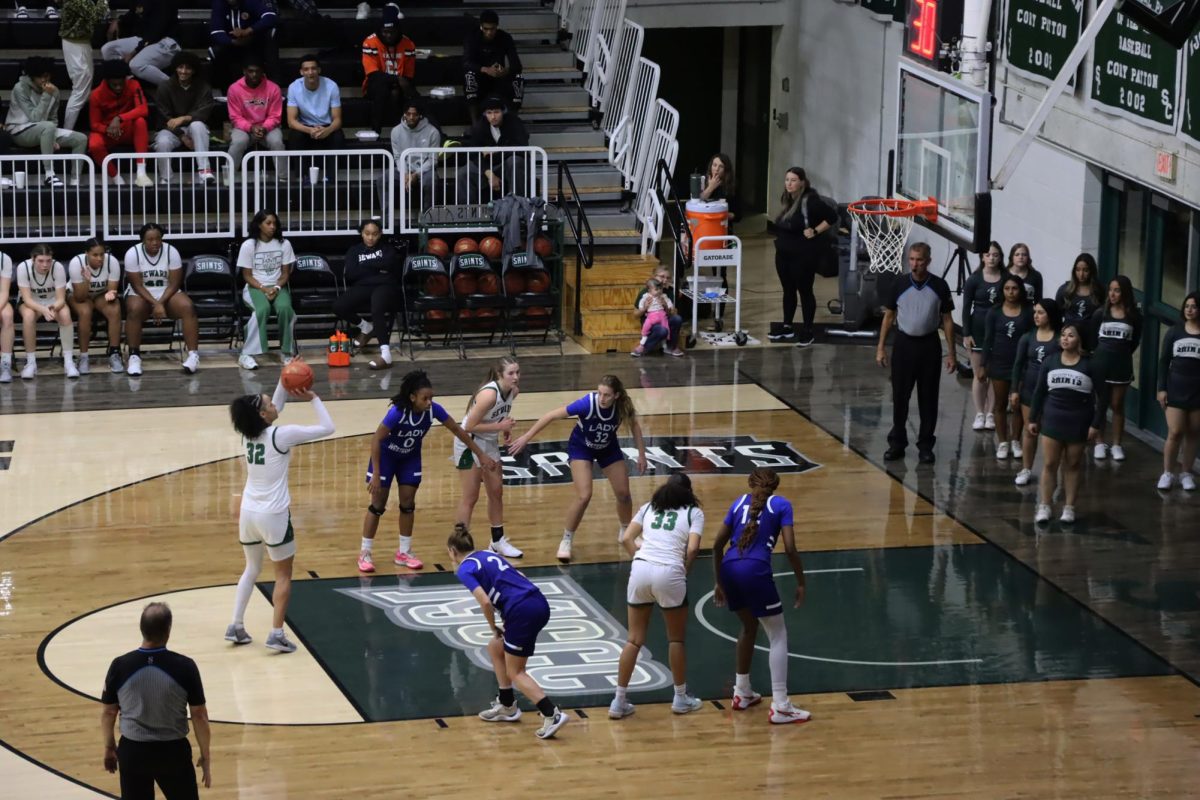
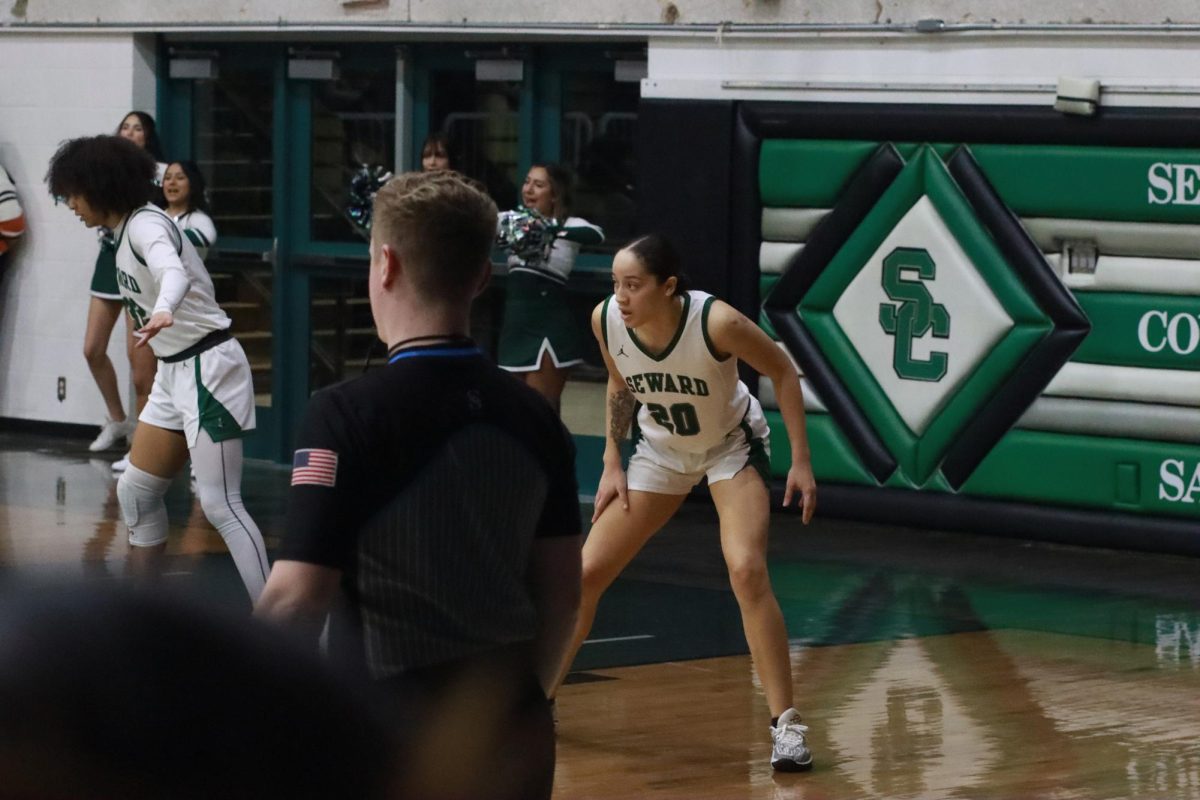
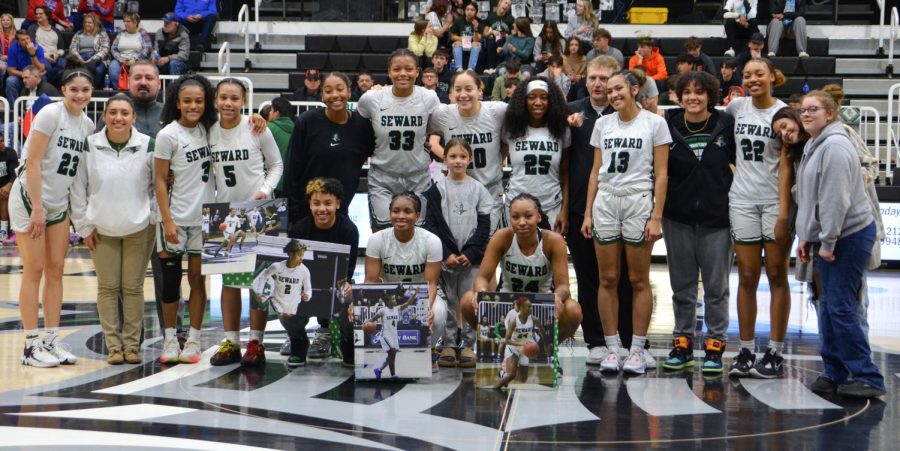
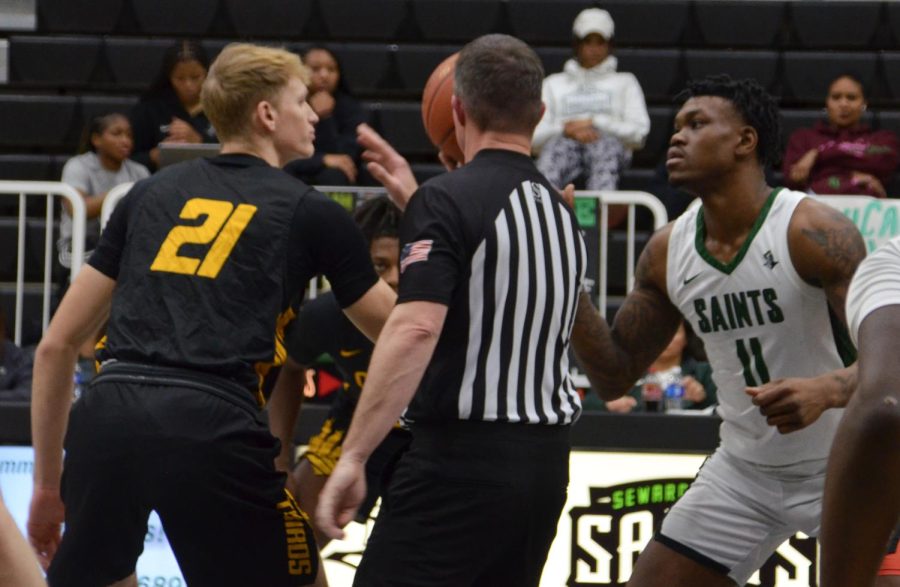

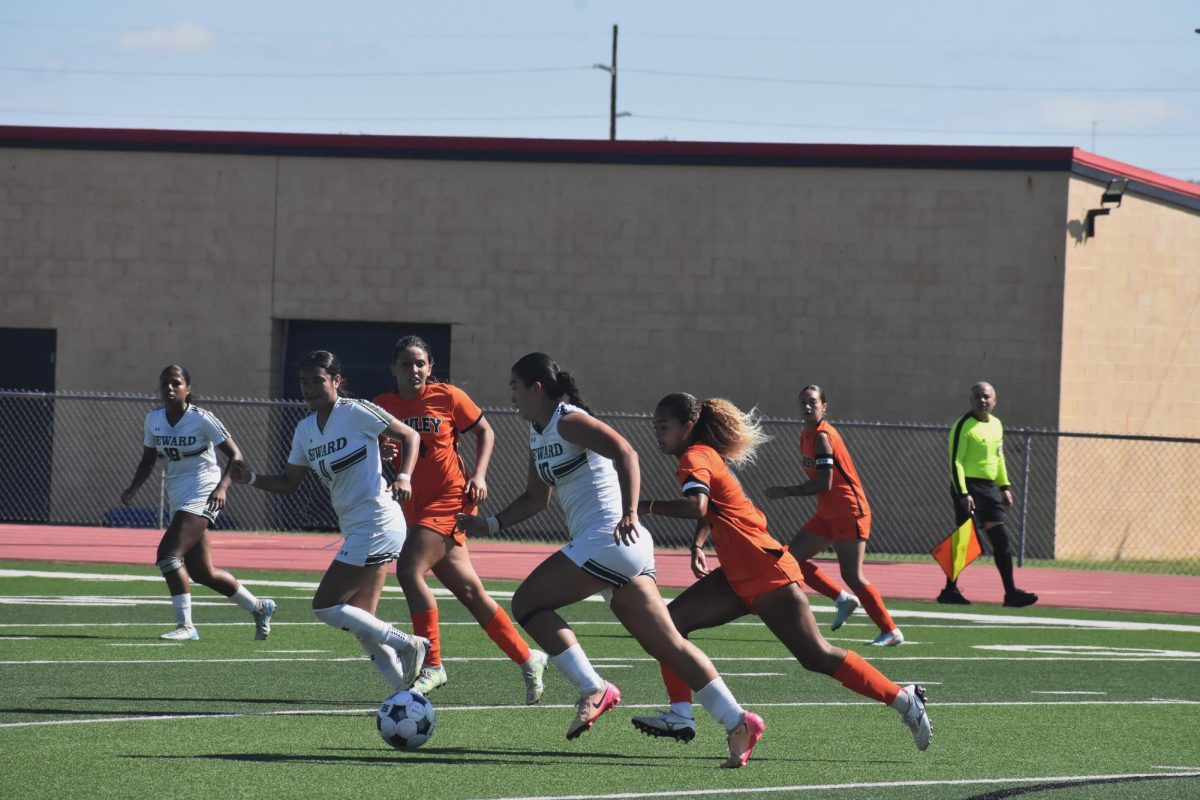
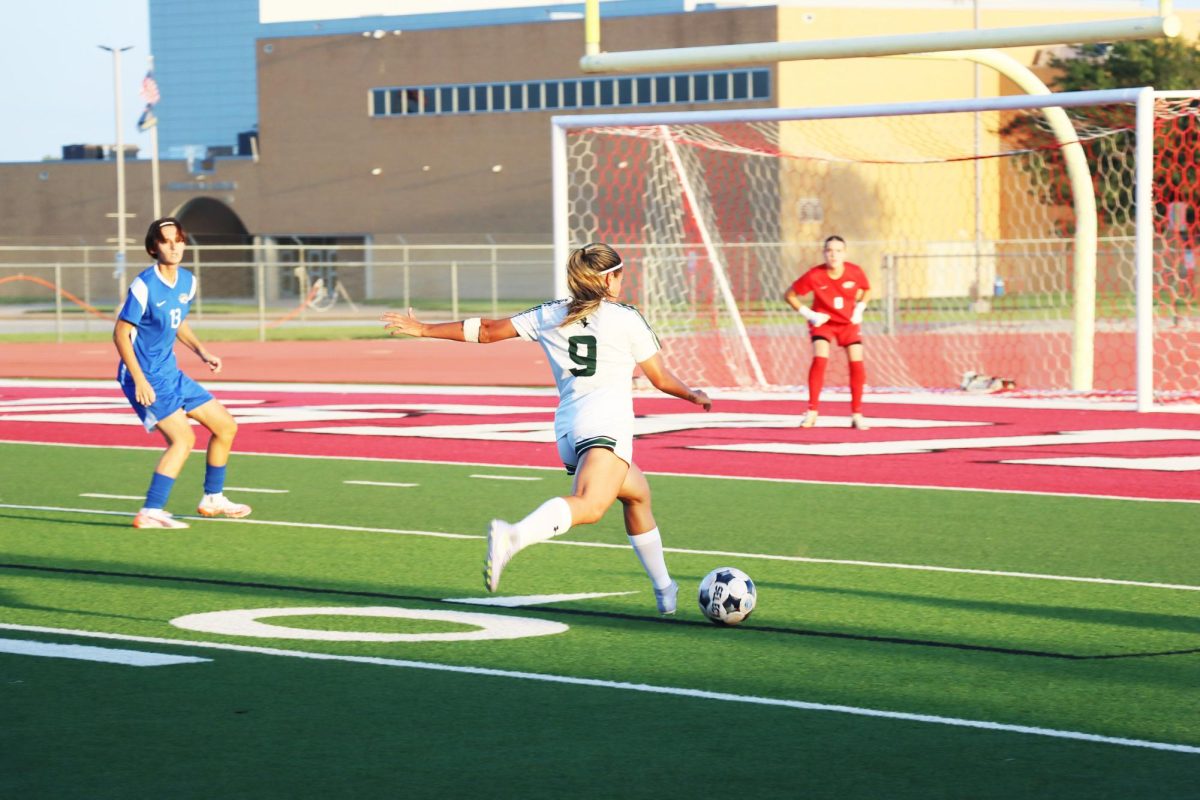
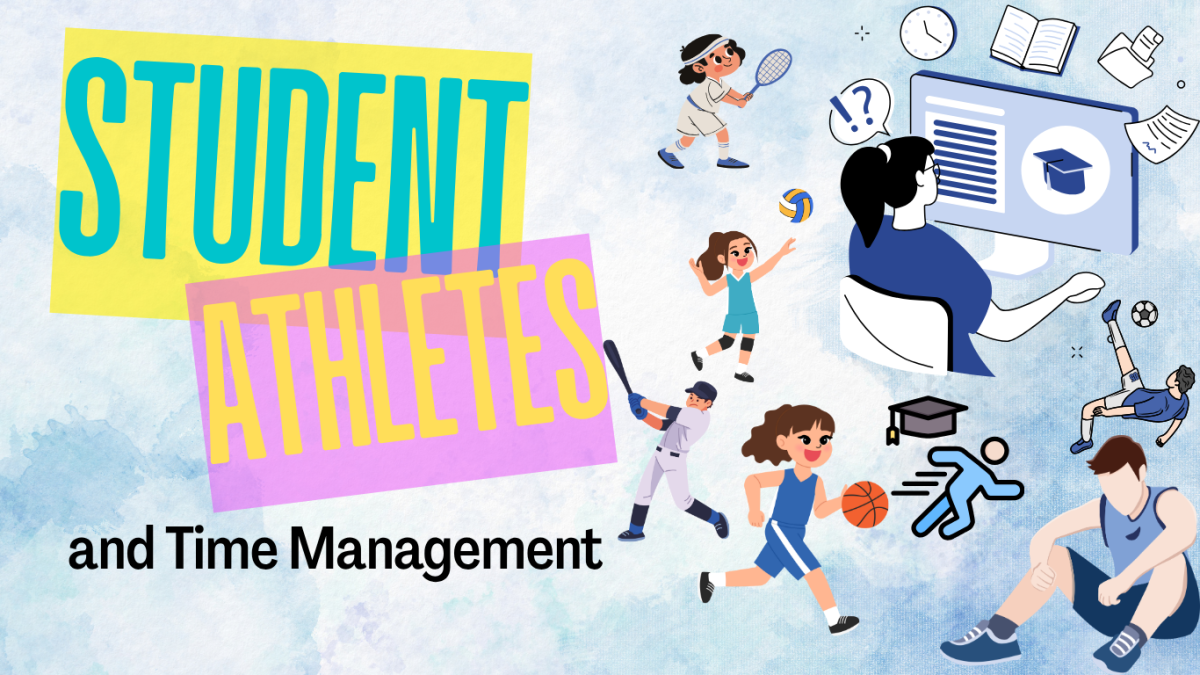
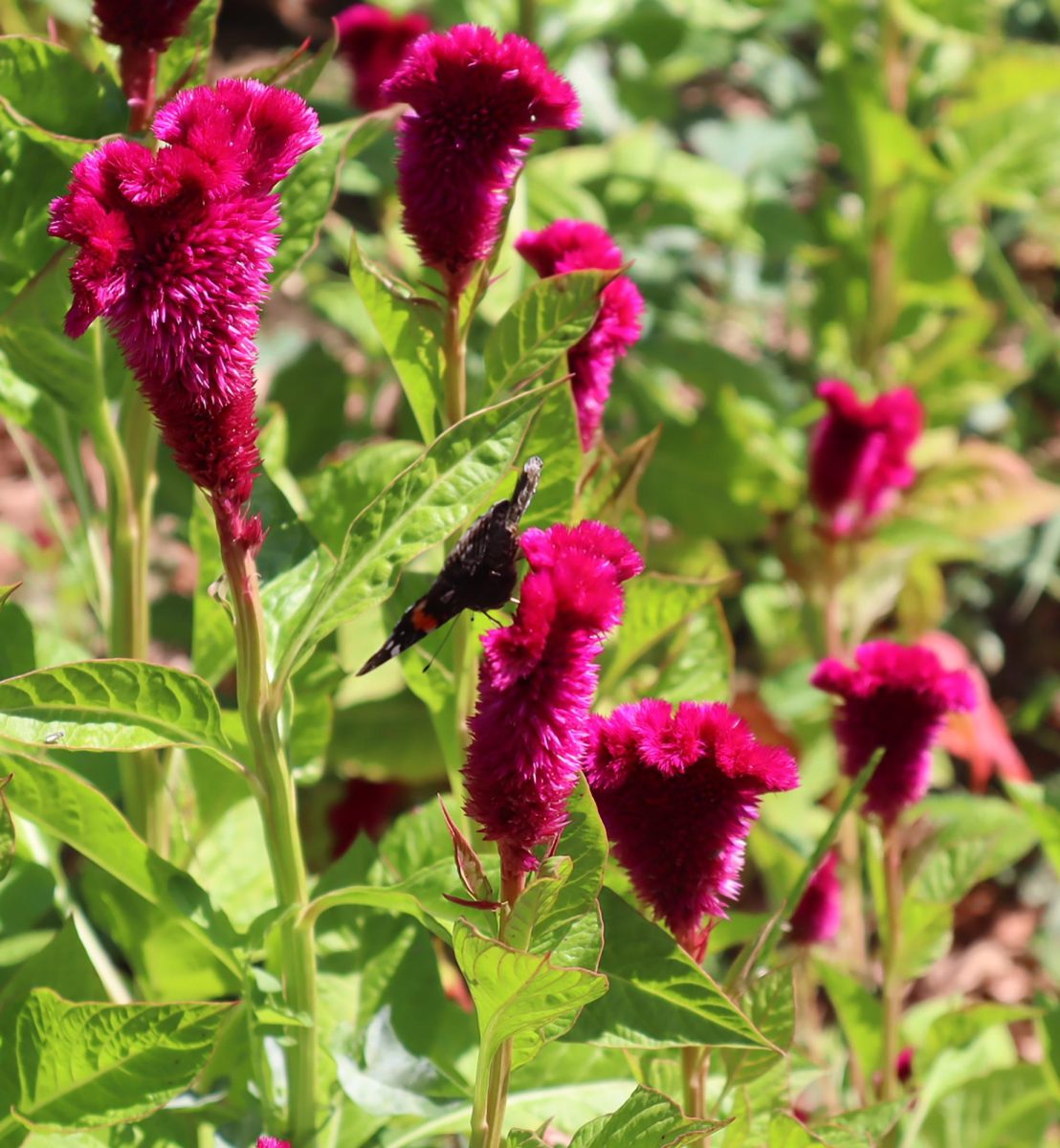
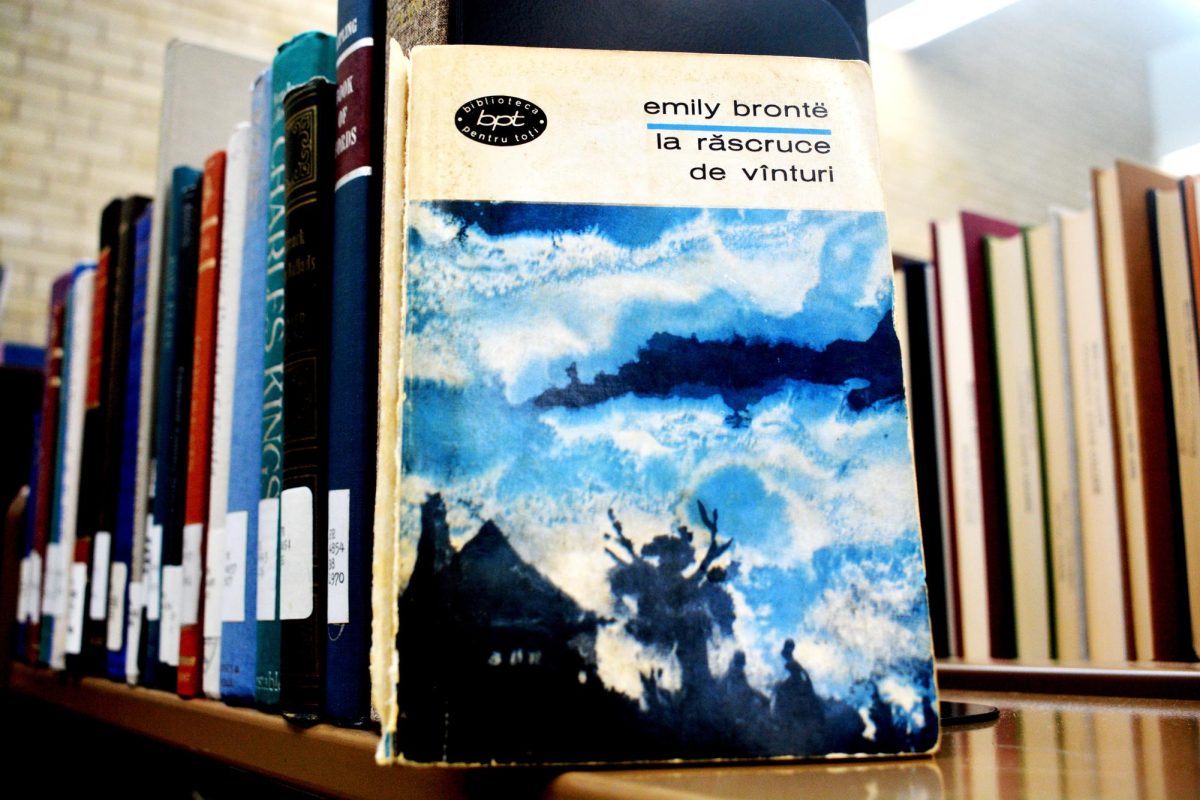
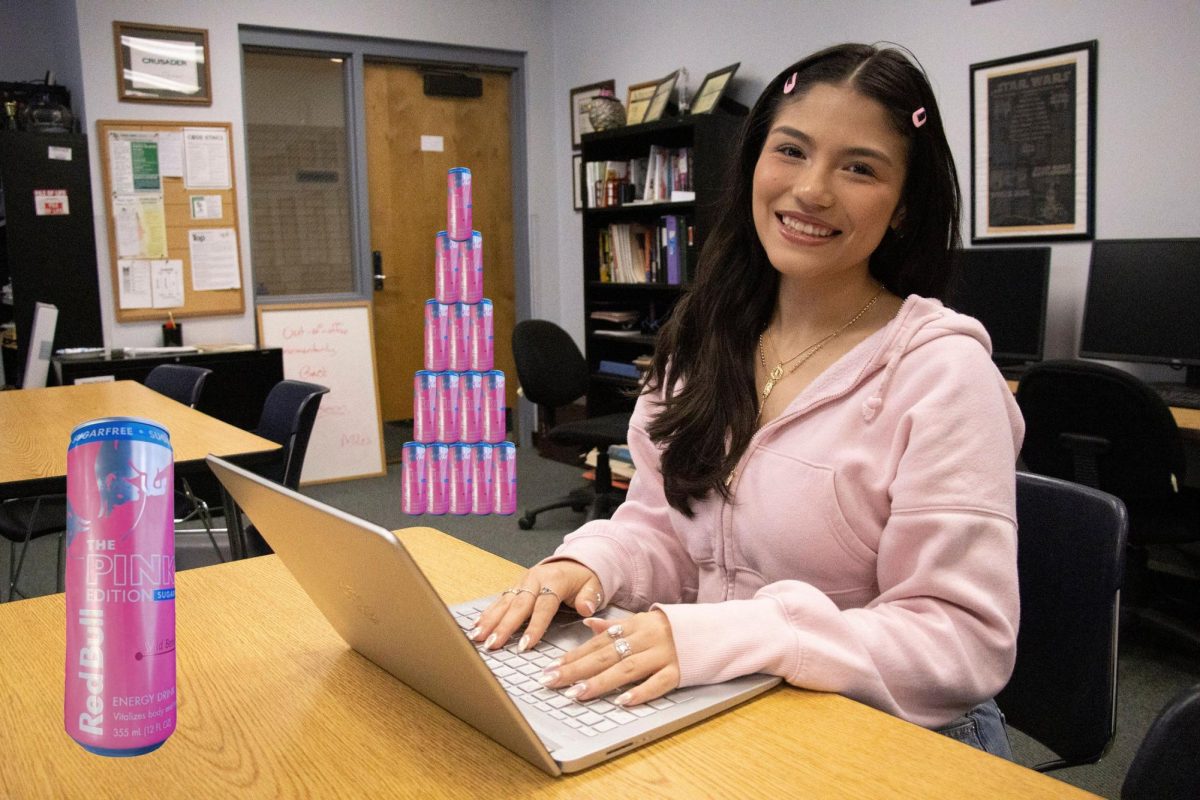
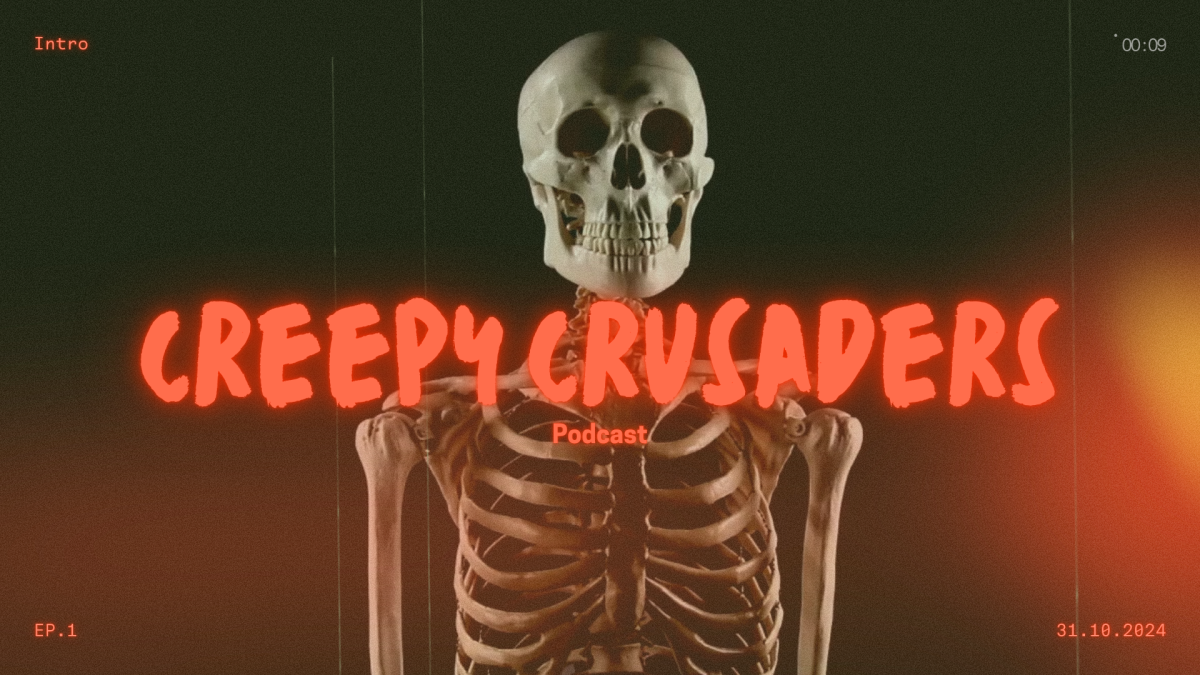
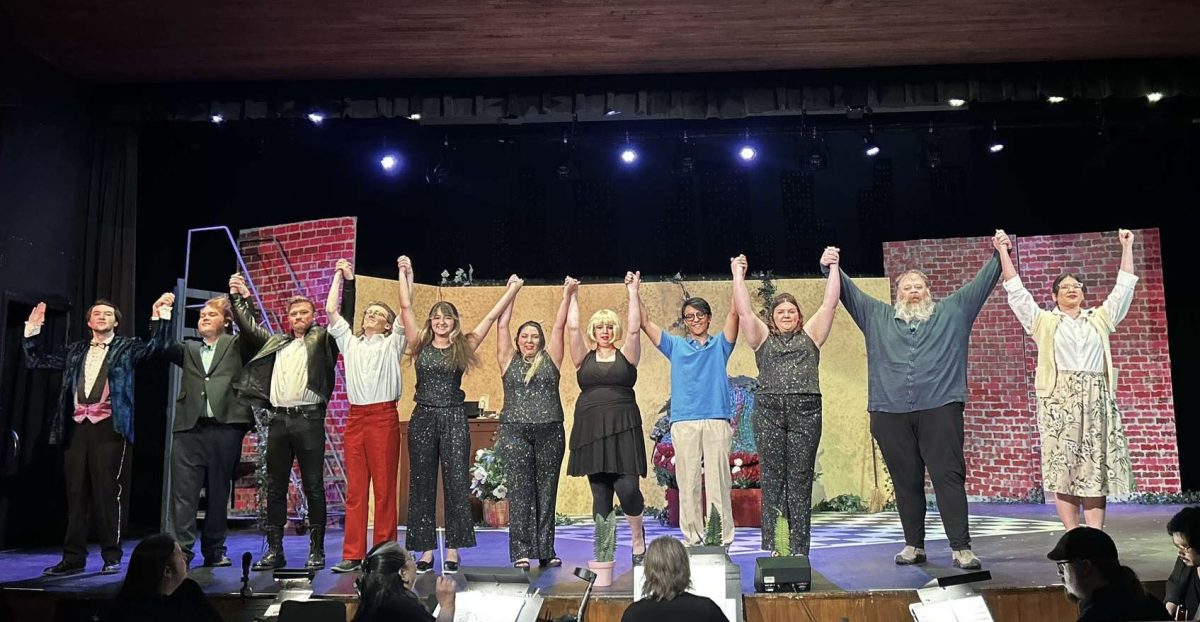


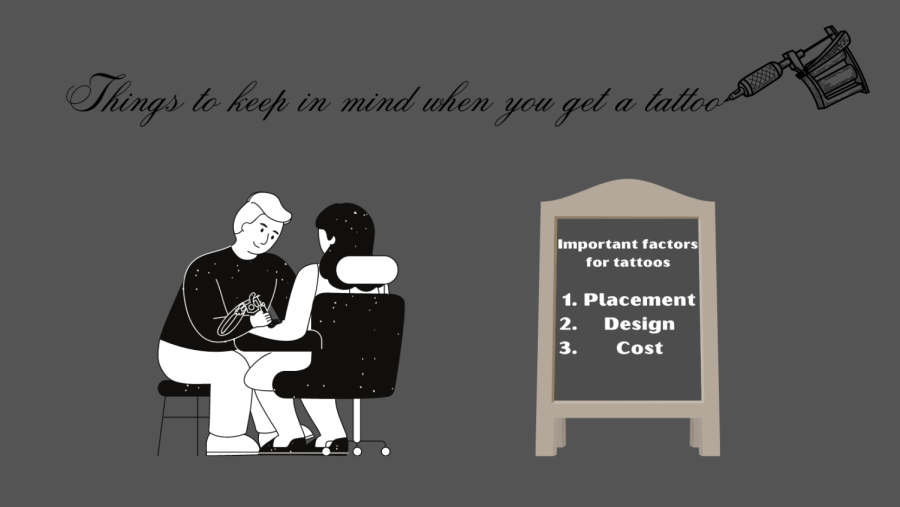
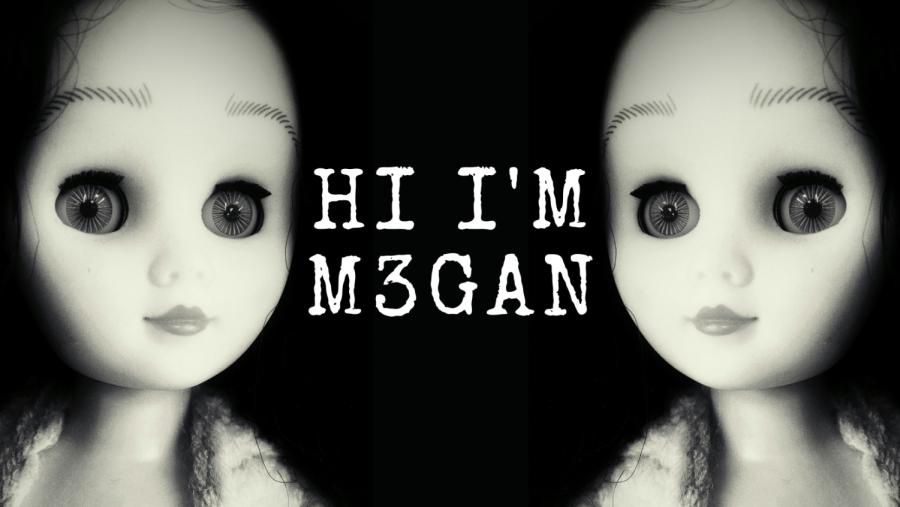
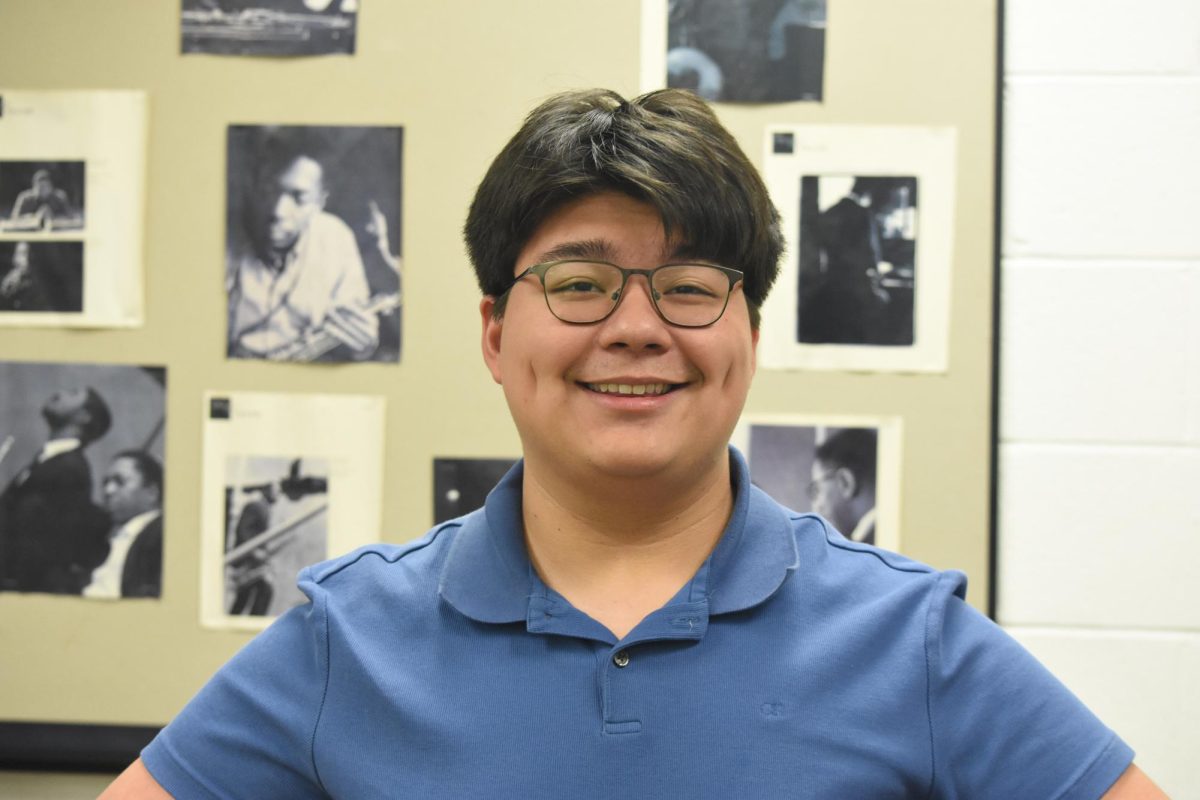
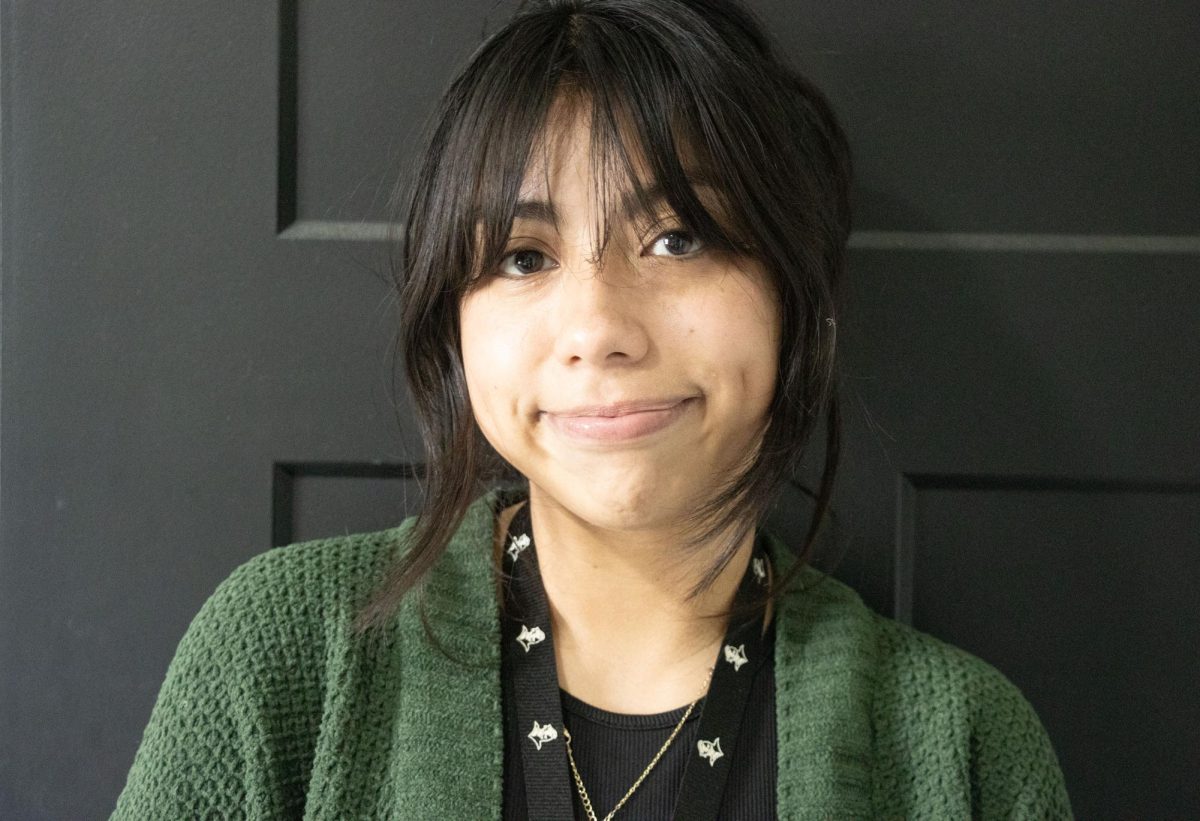

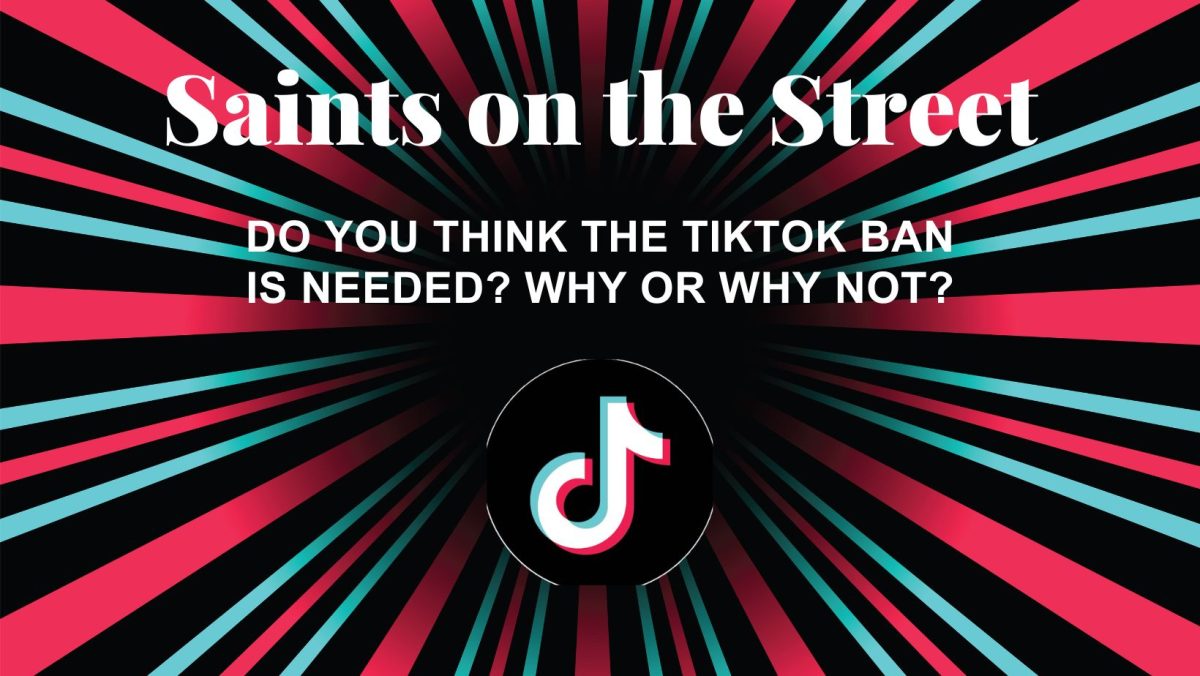


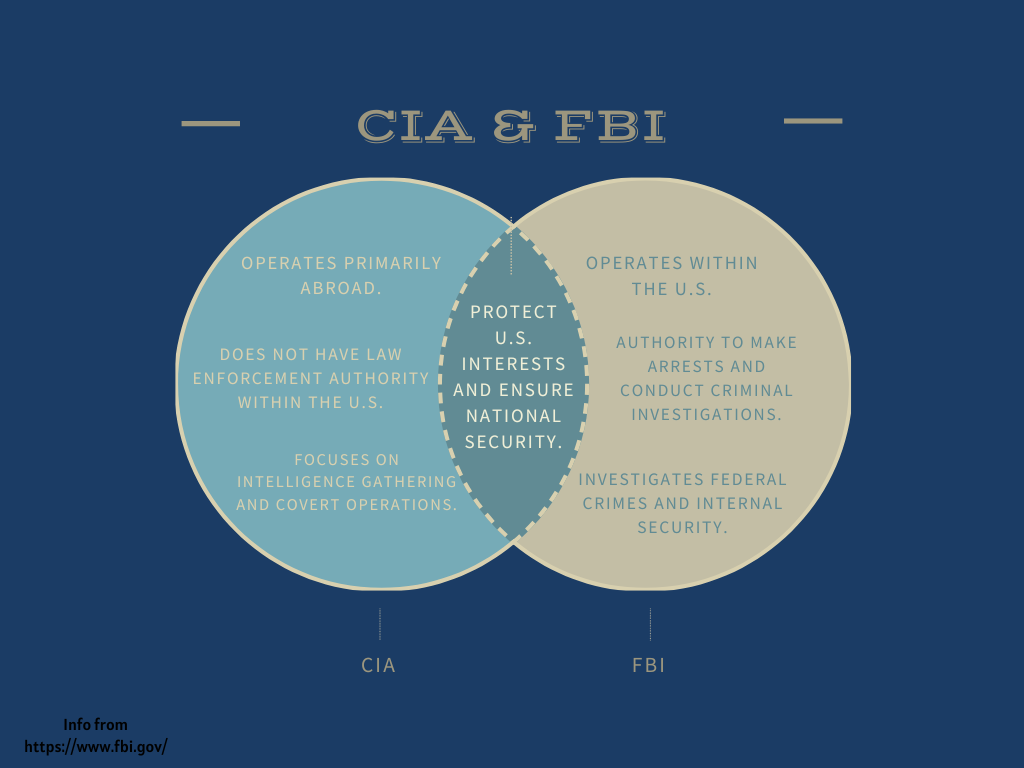
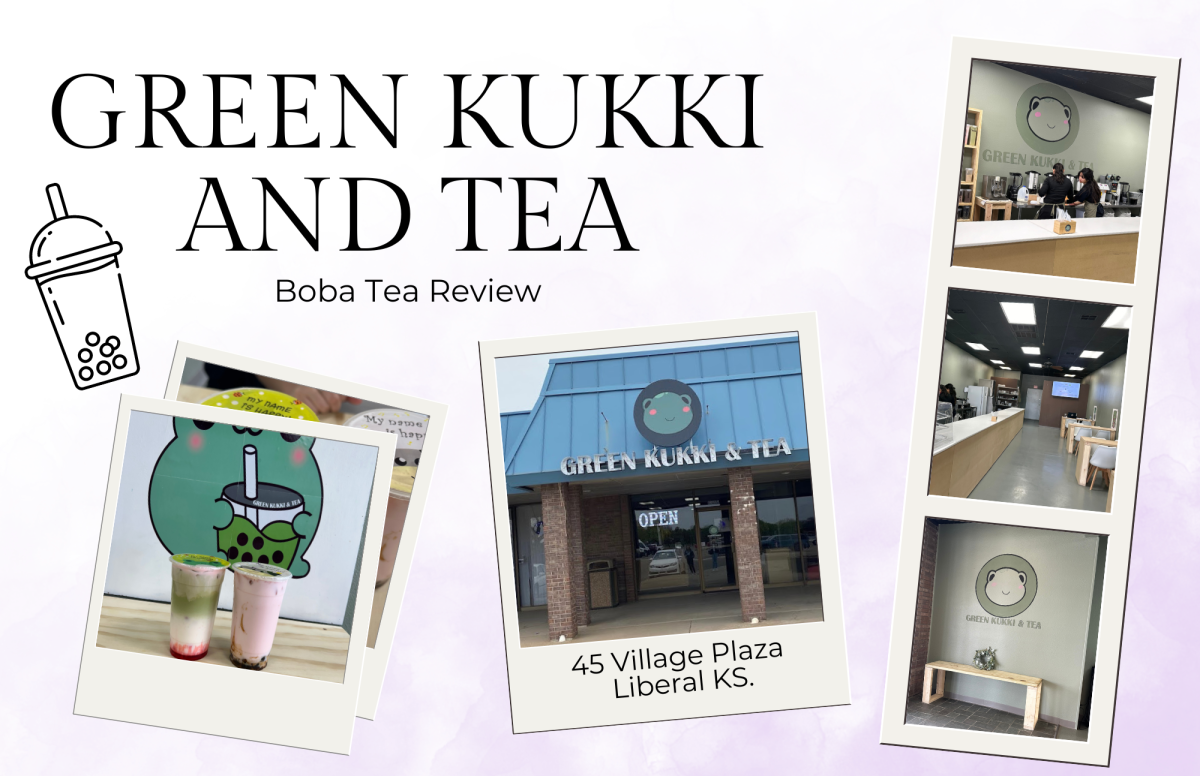
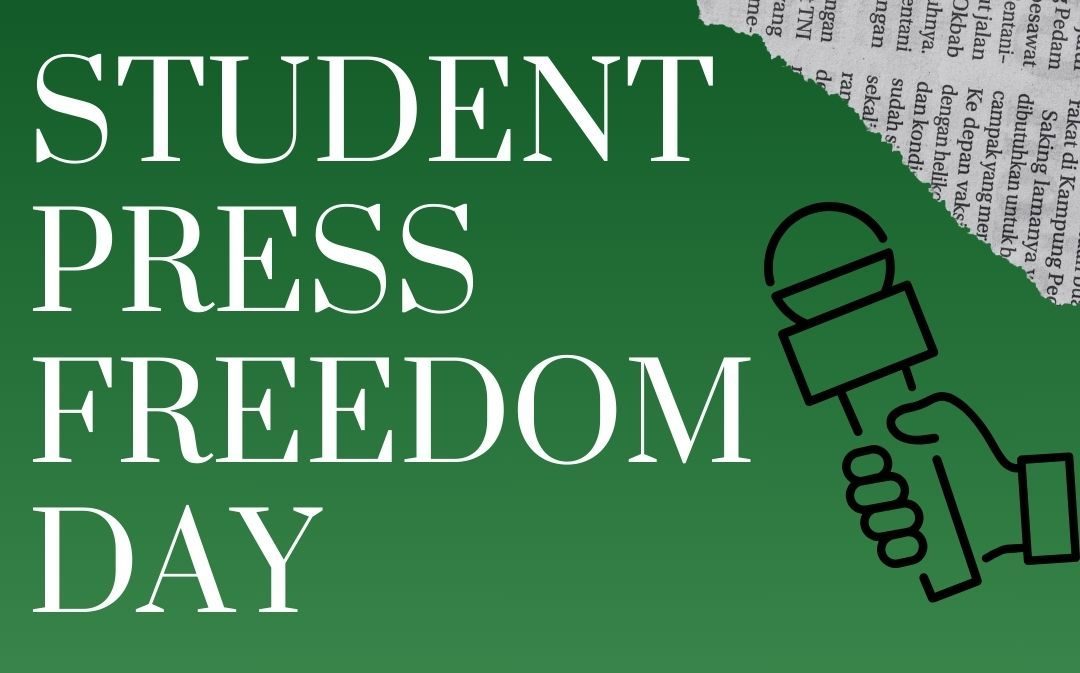

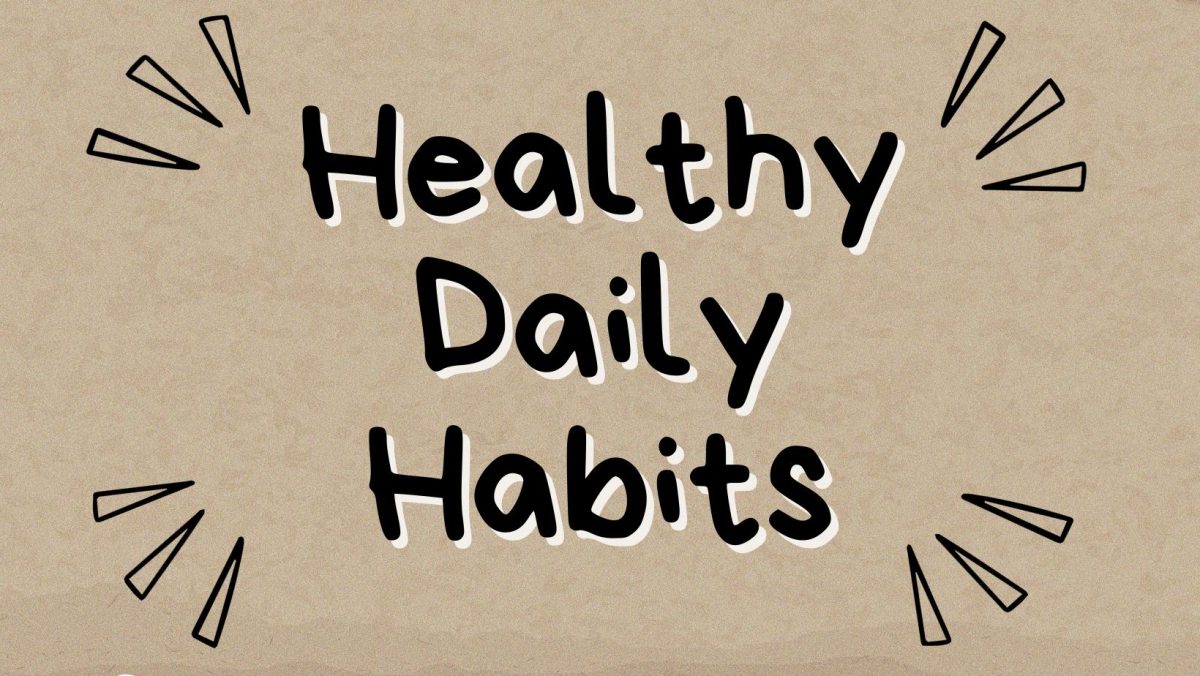
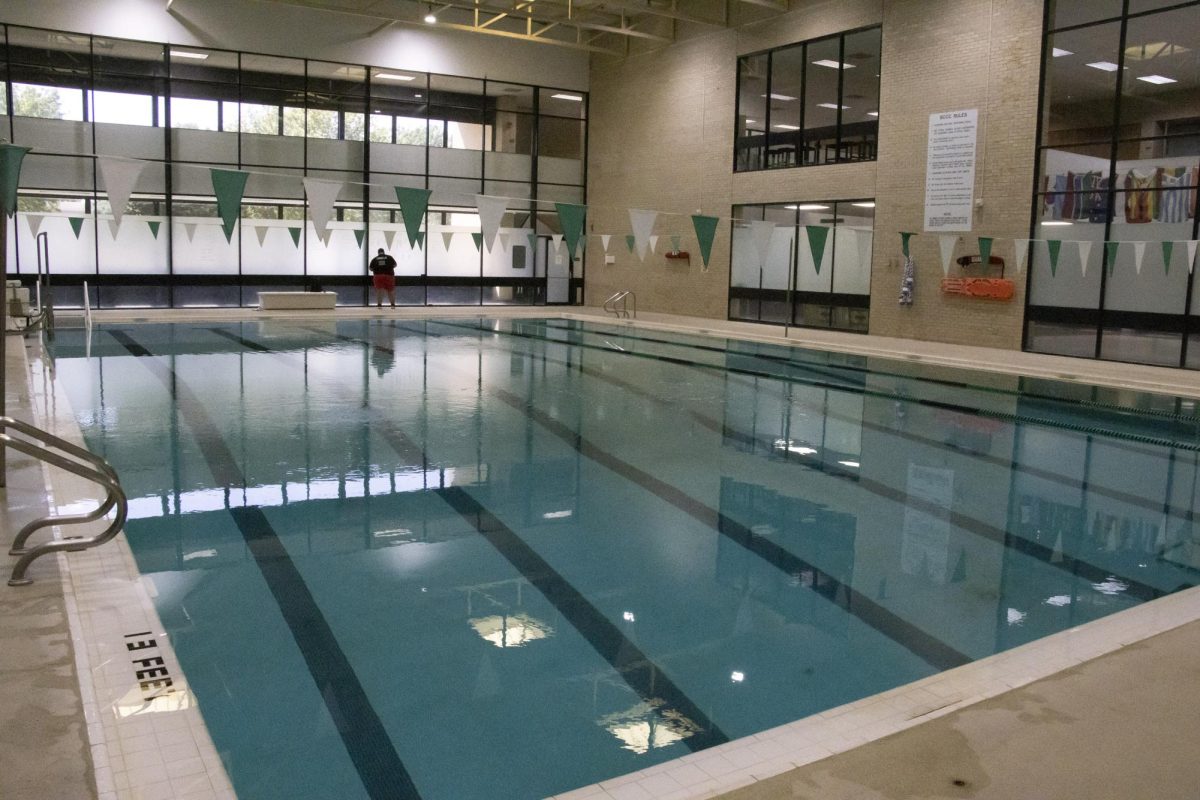

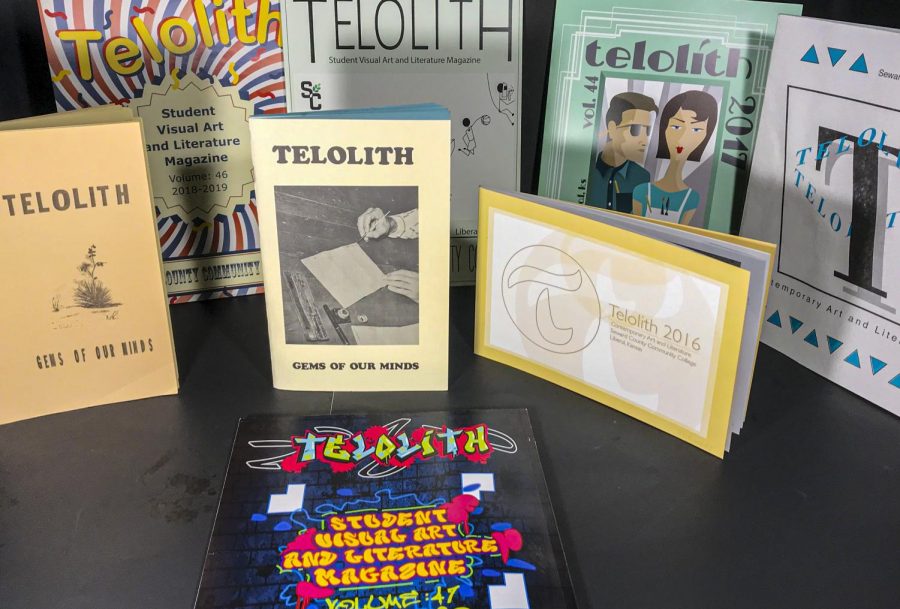
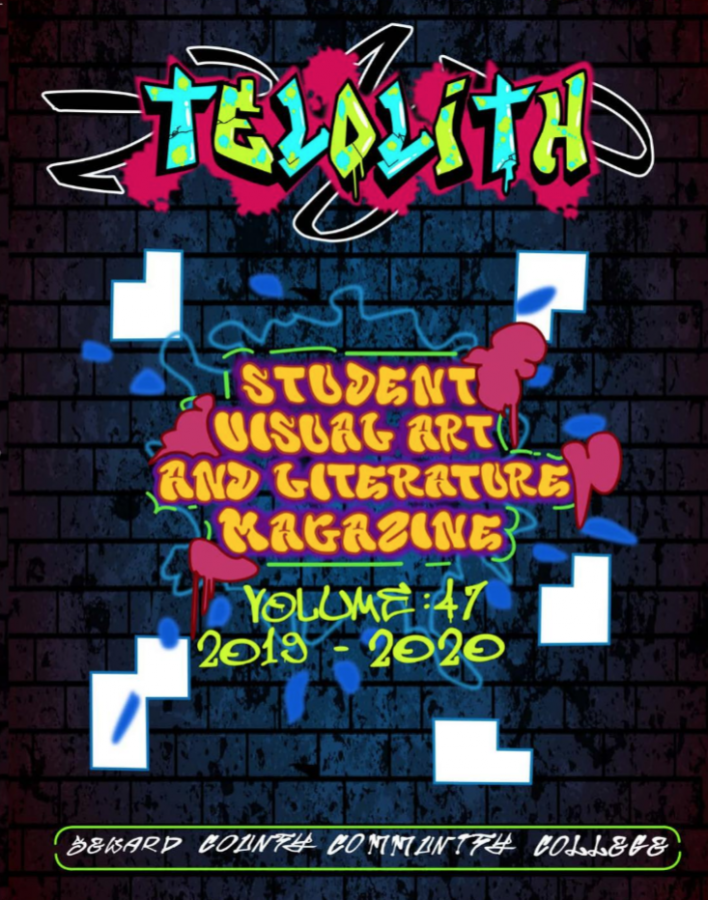
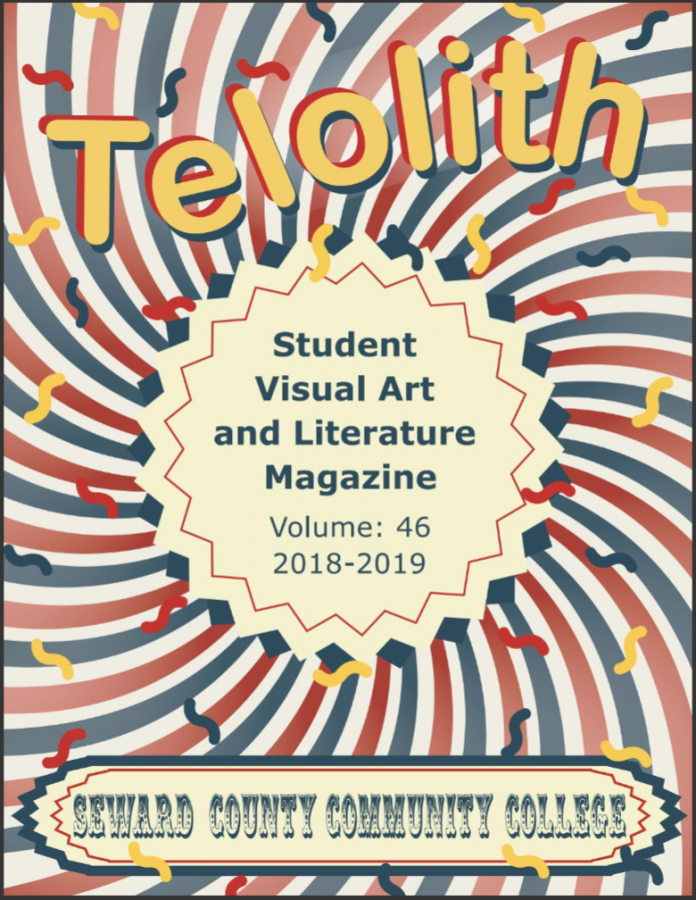



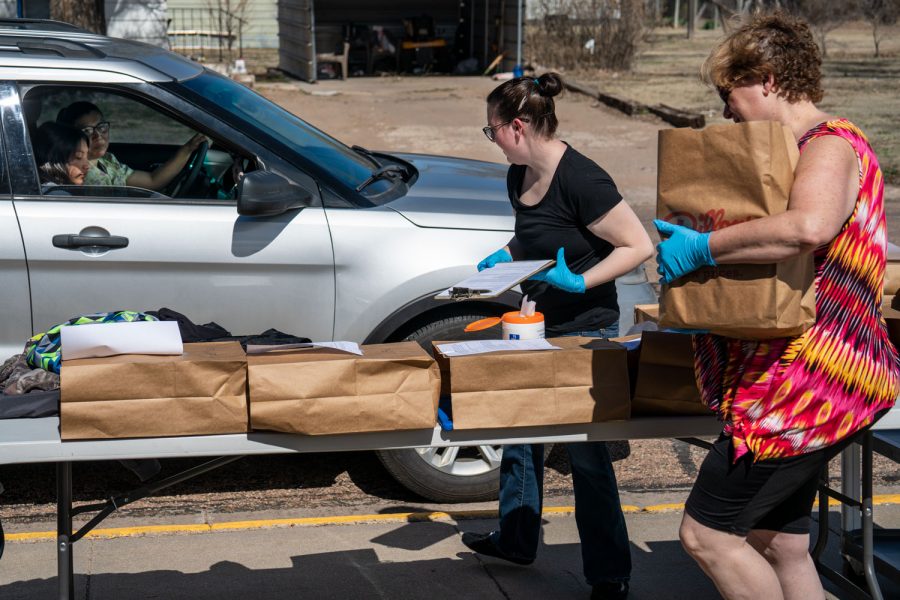
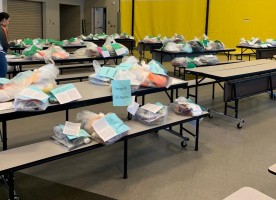
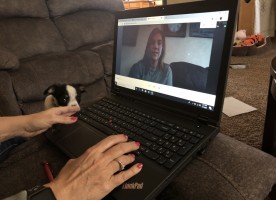
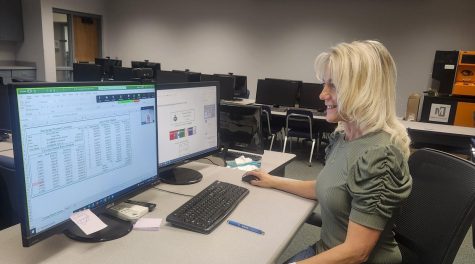
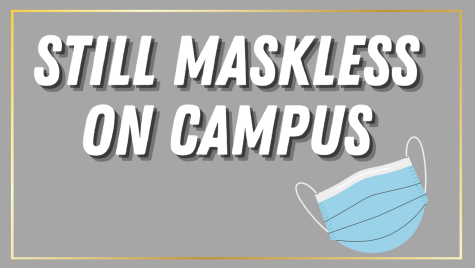
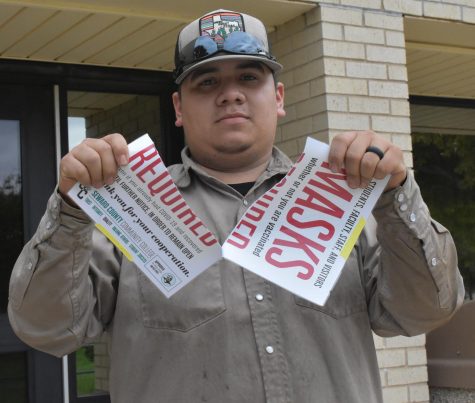
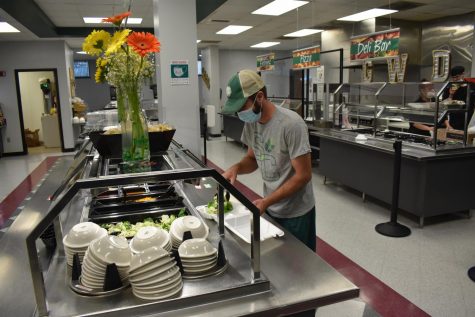


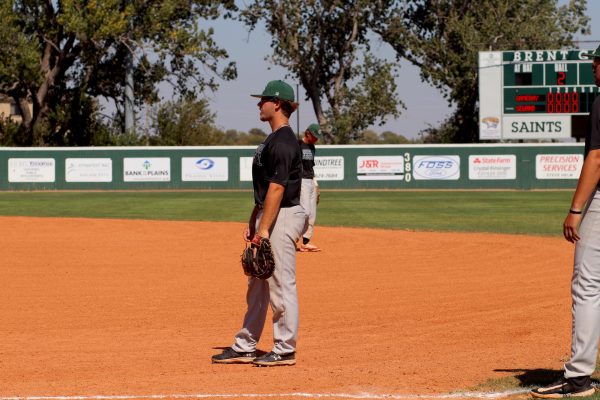
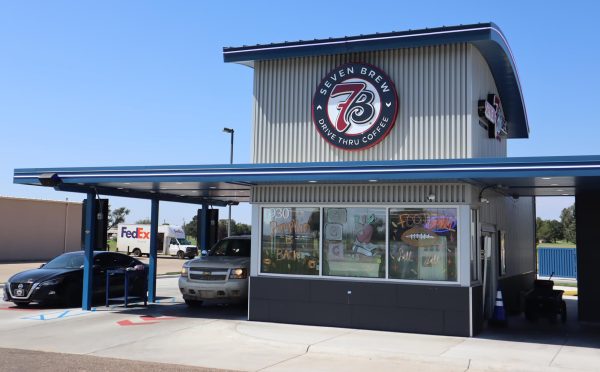
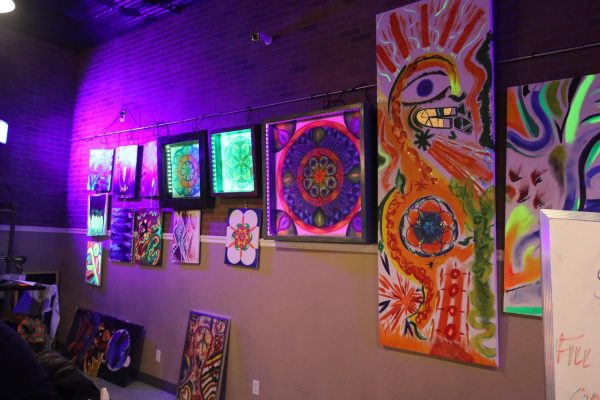
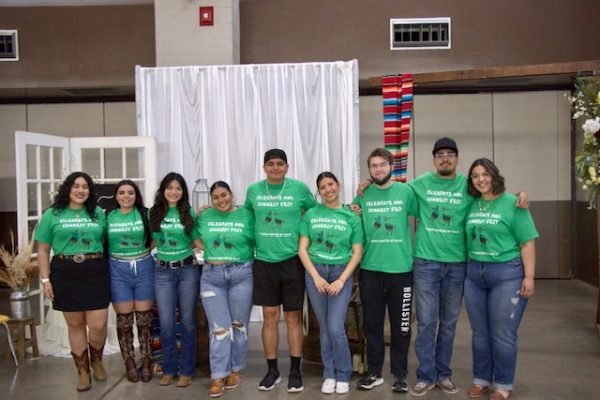

Jerri Lyddon • Apr 10, 2020 at 1:35 am
Yet, another fine article by the competent Crusader! Excellent read!